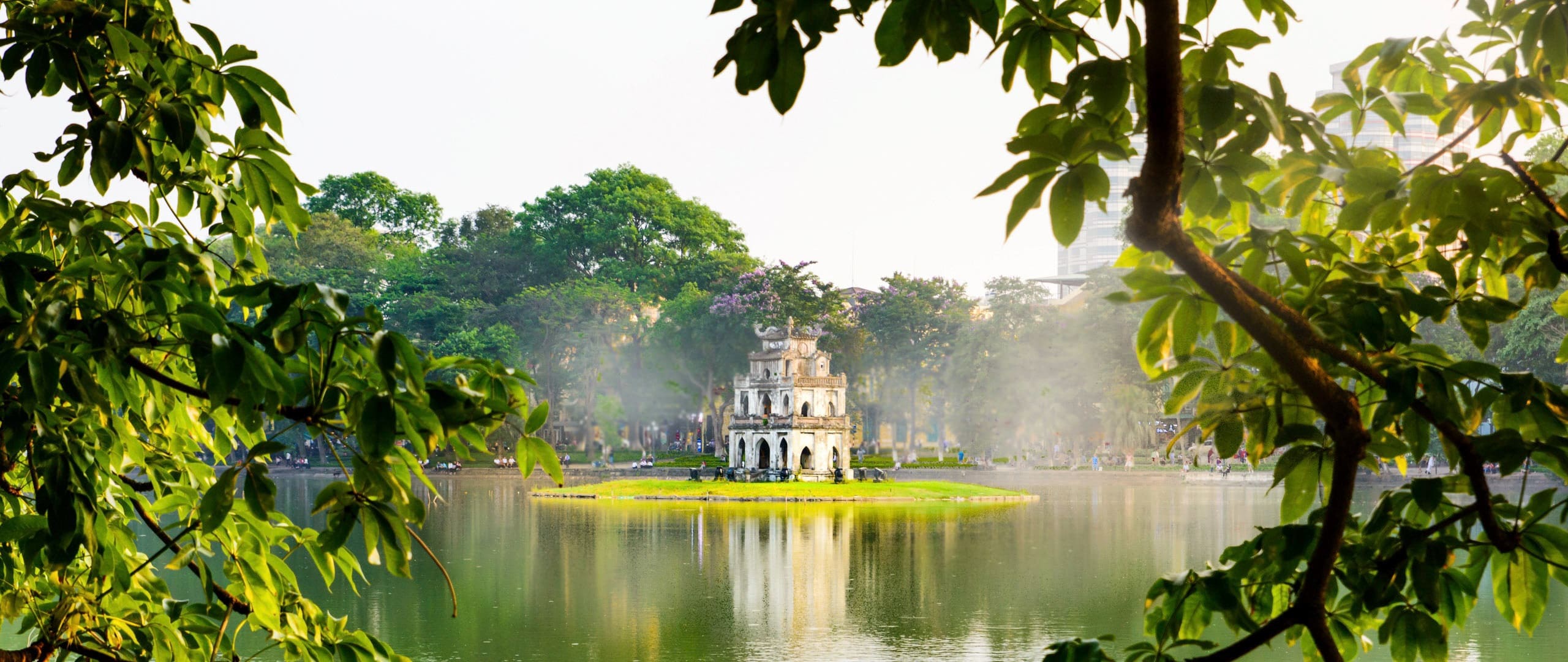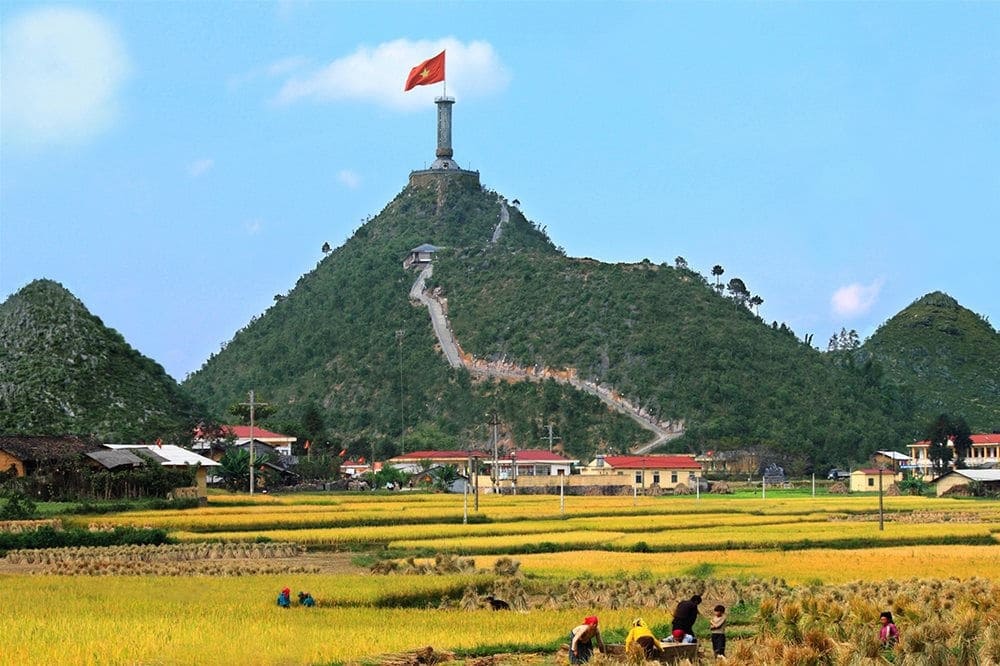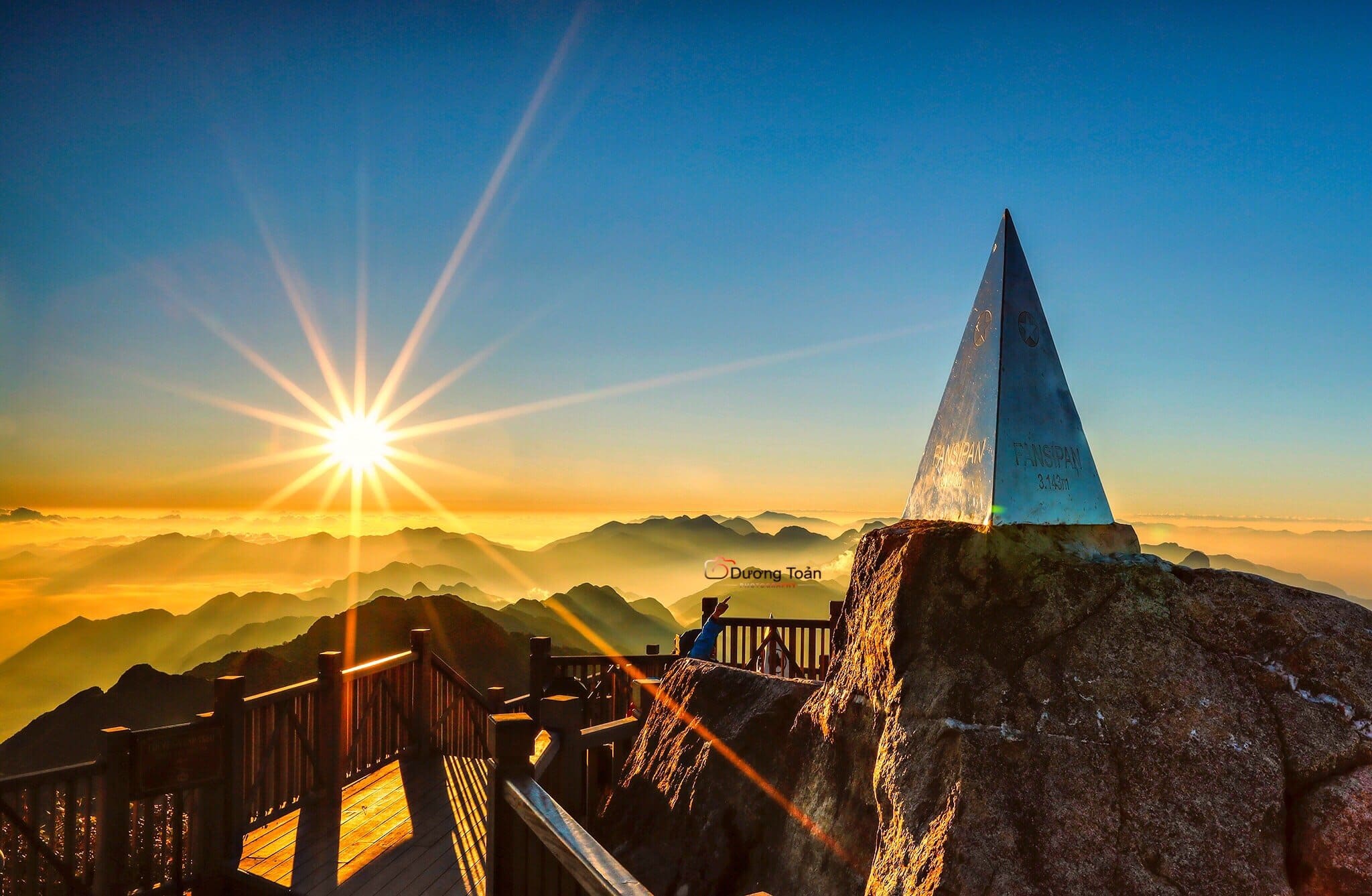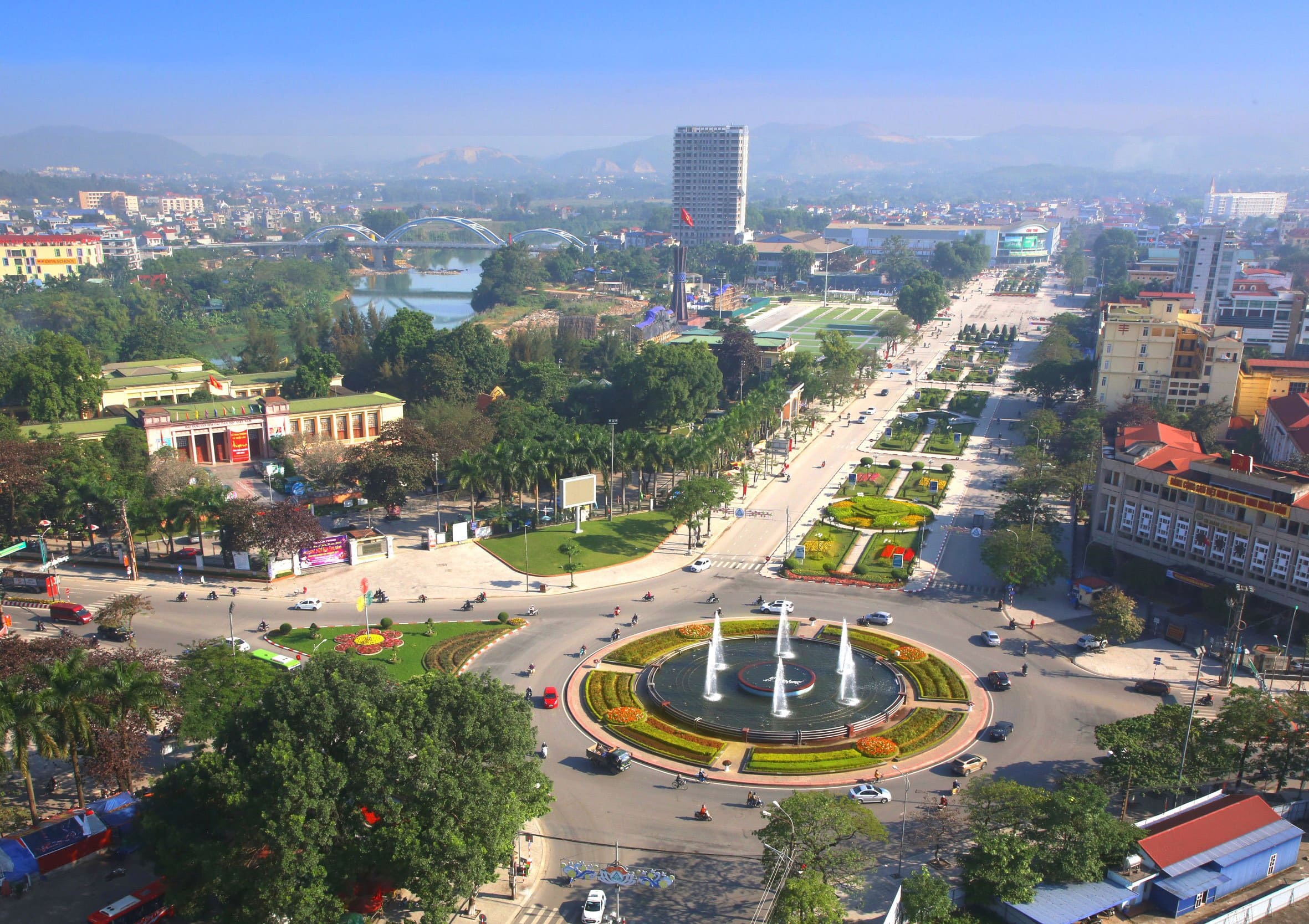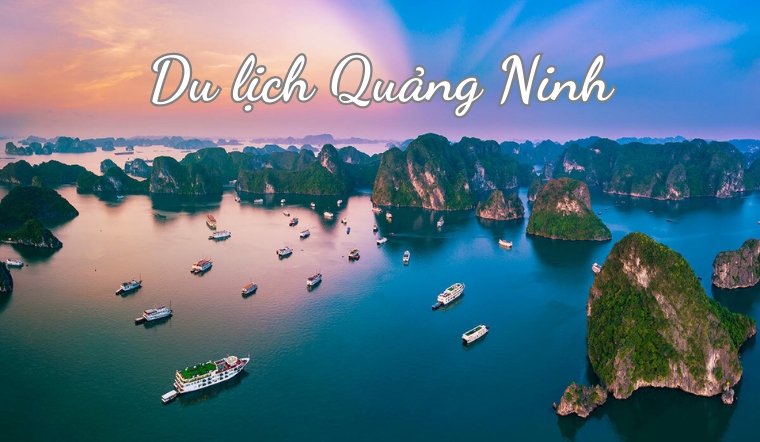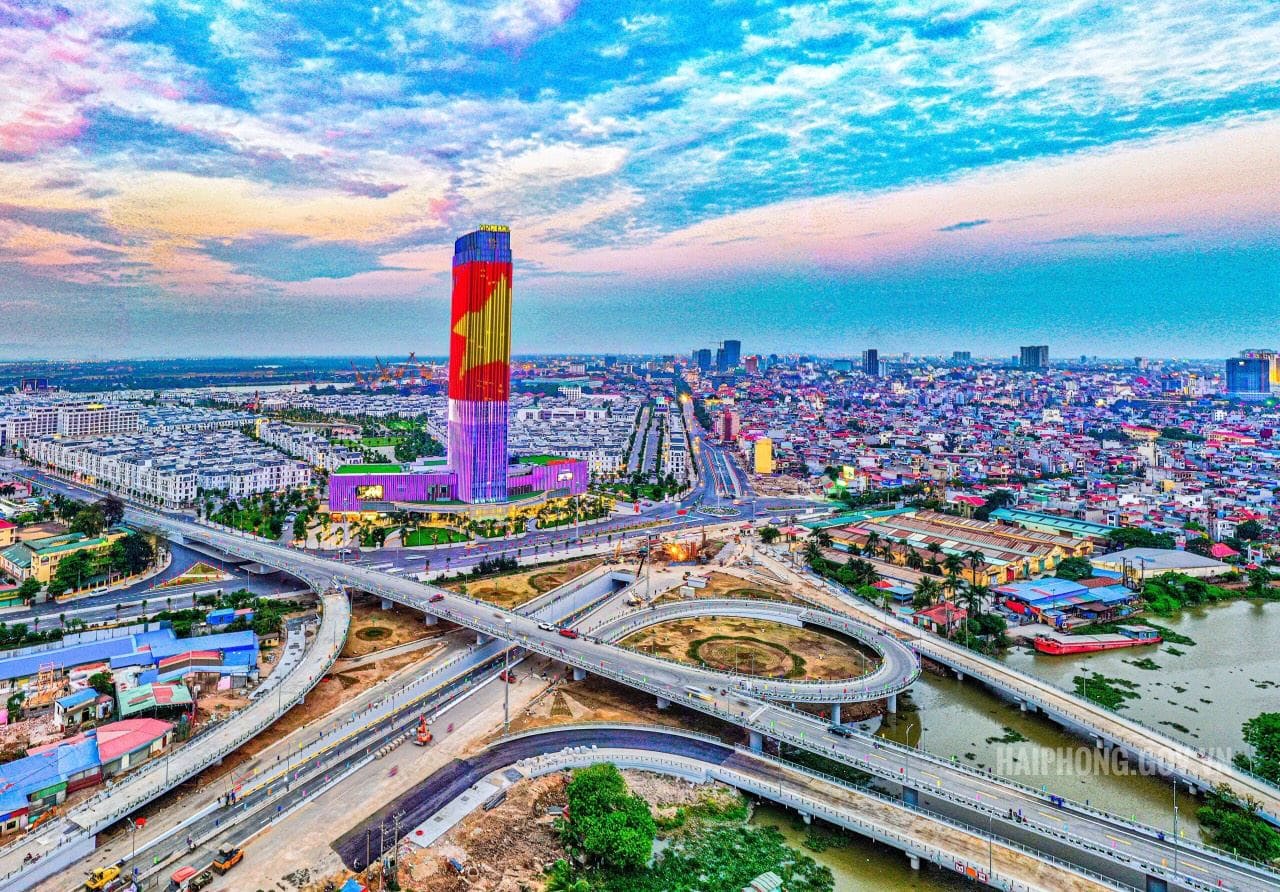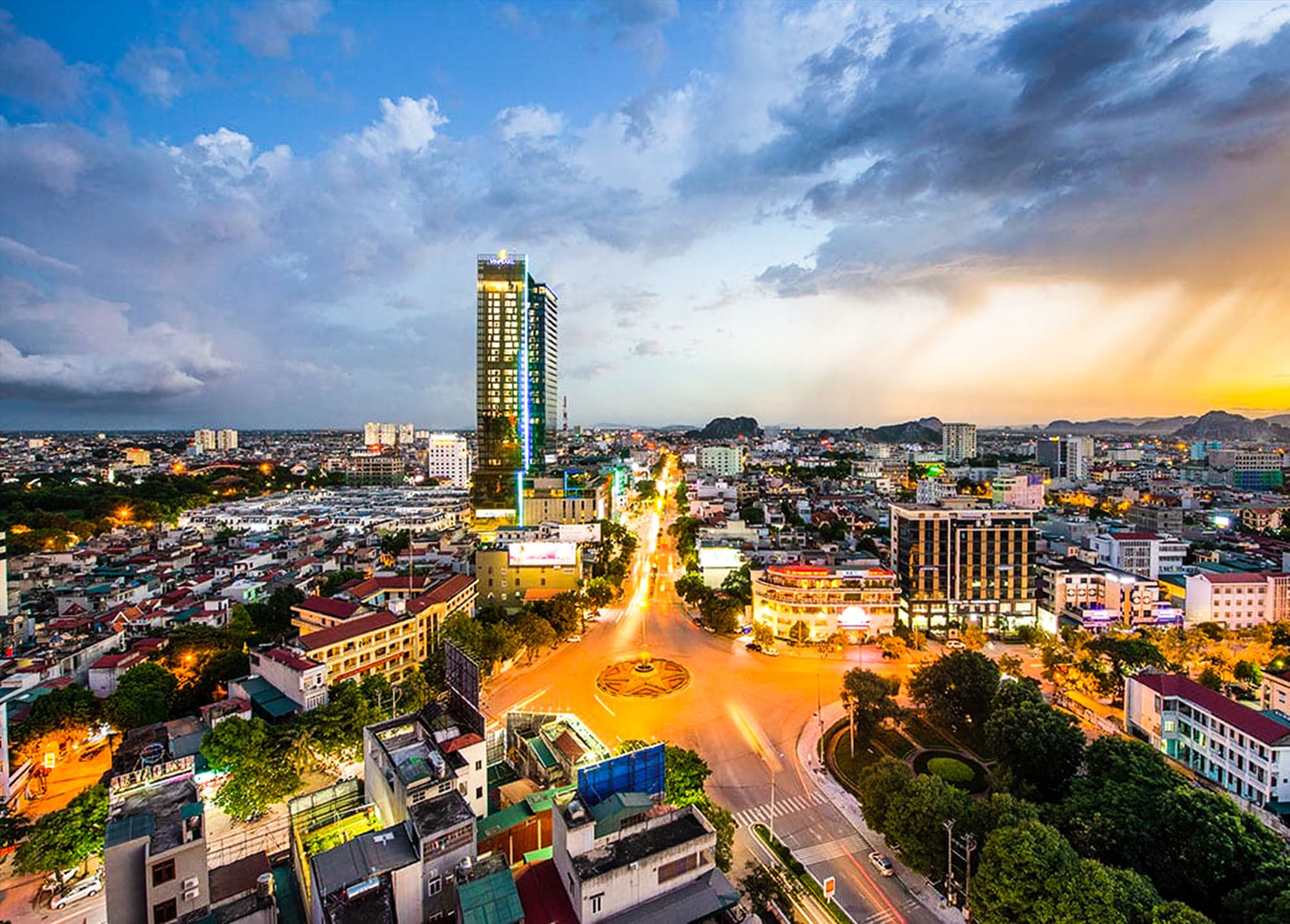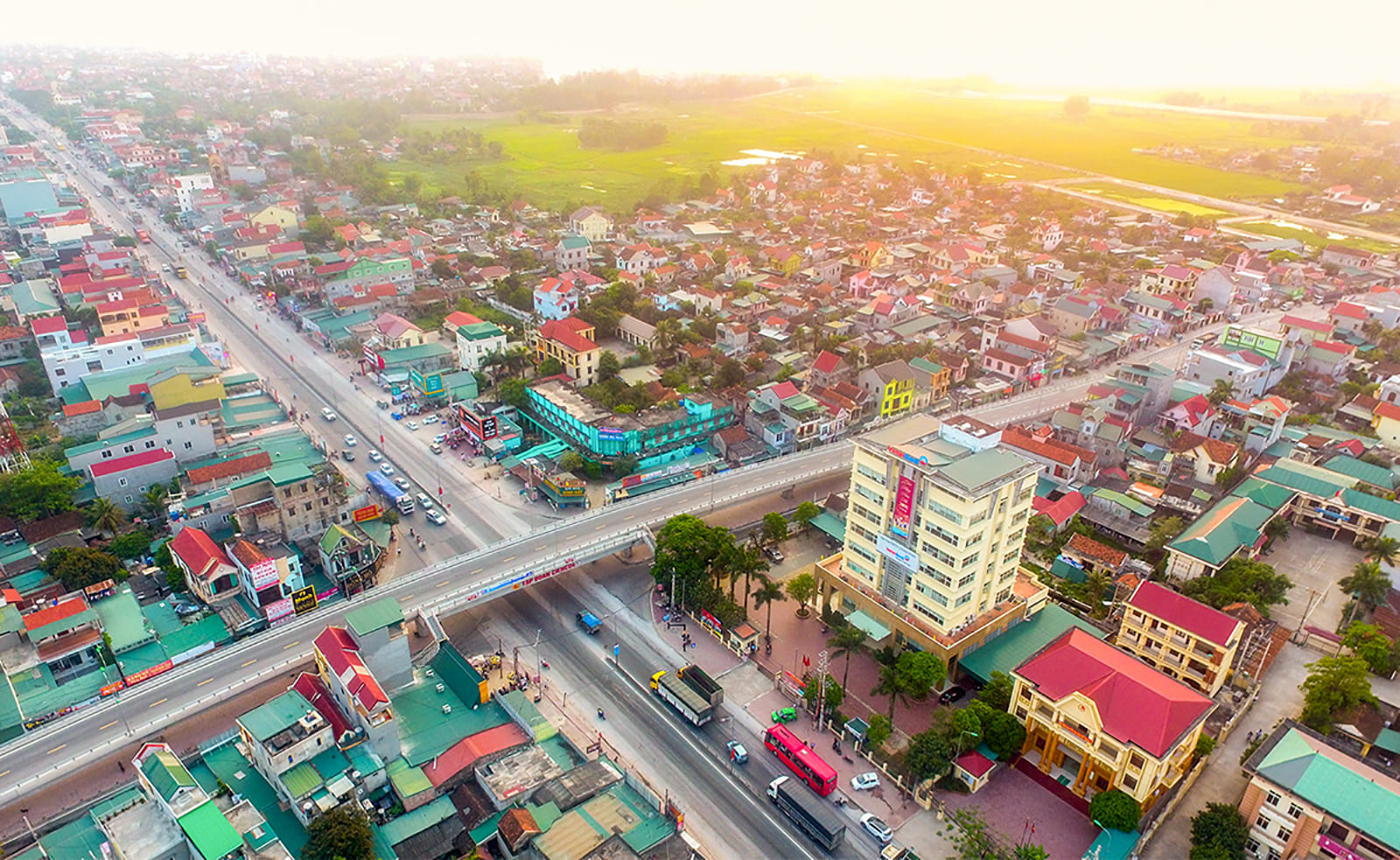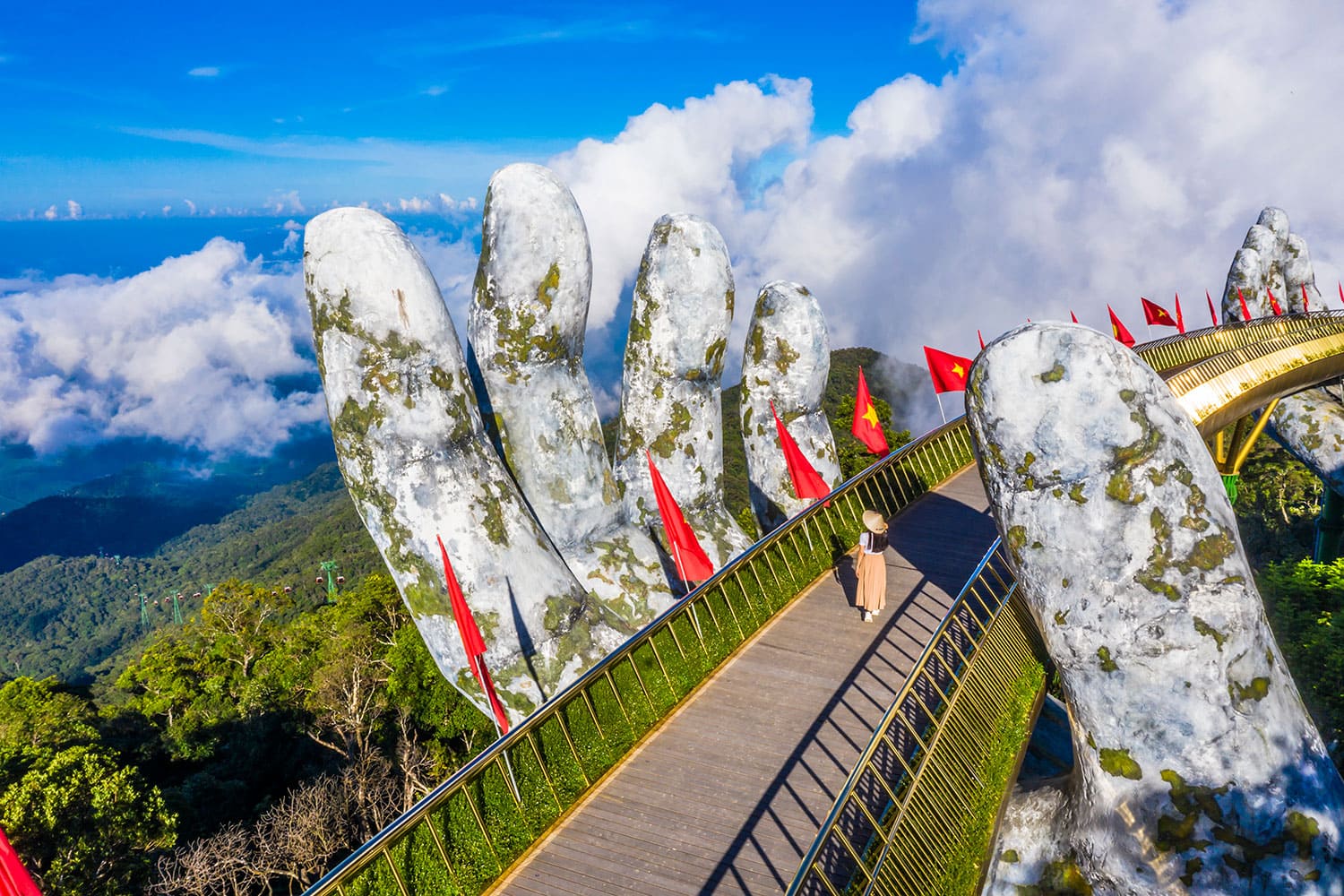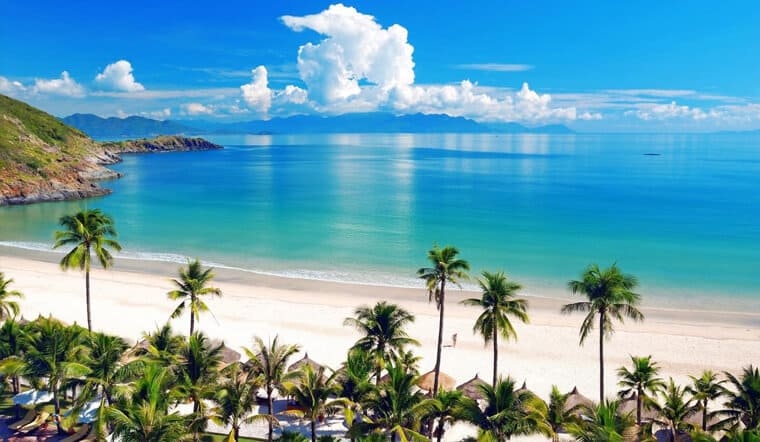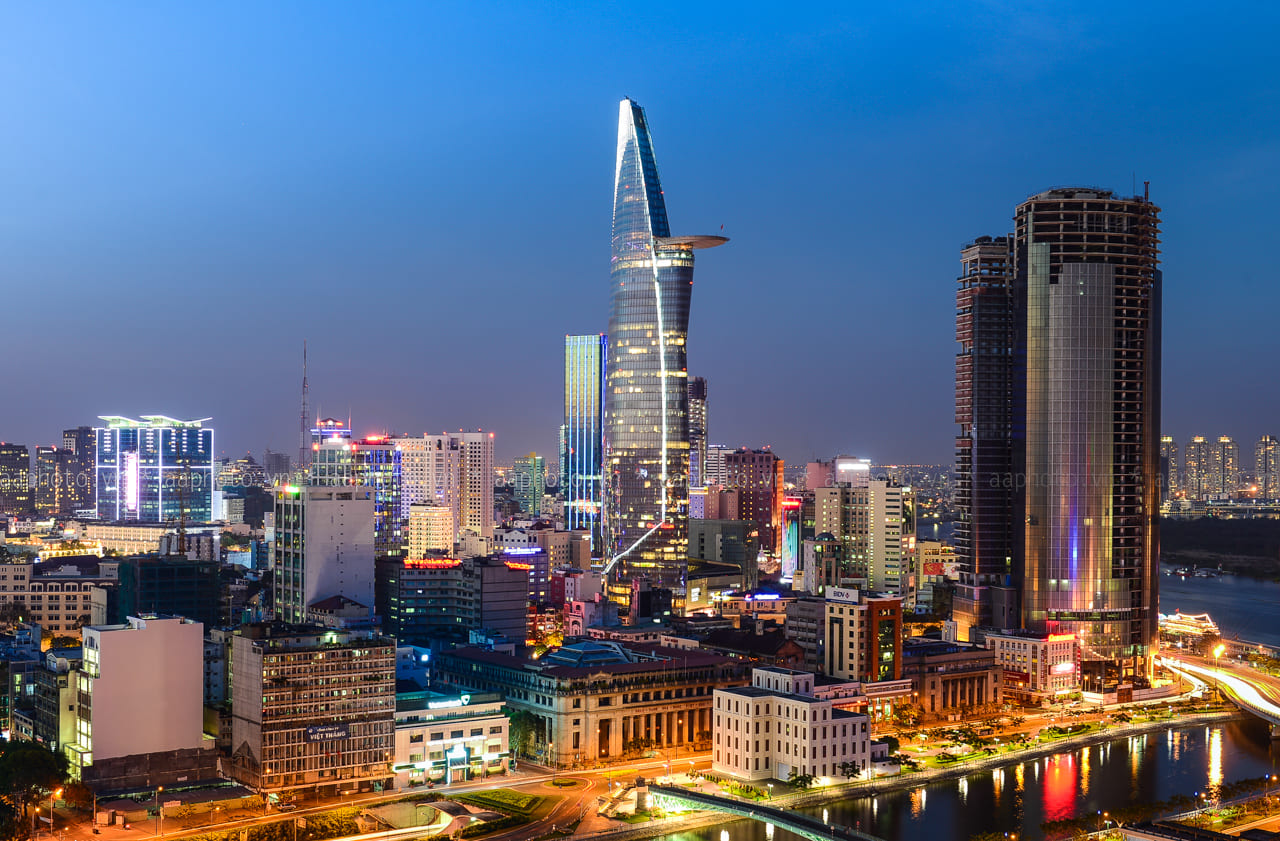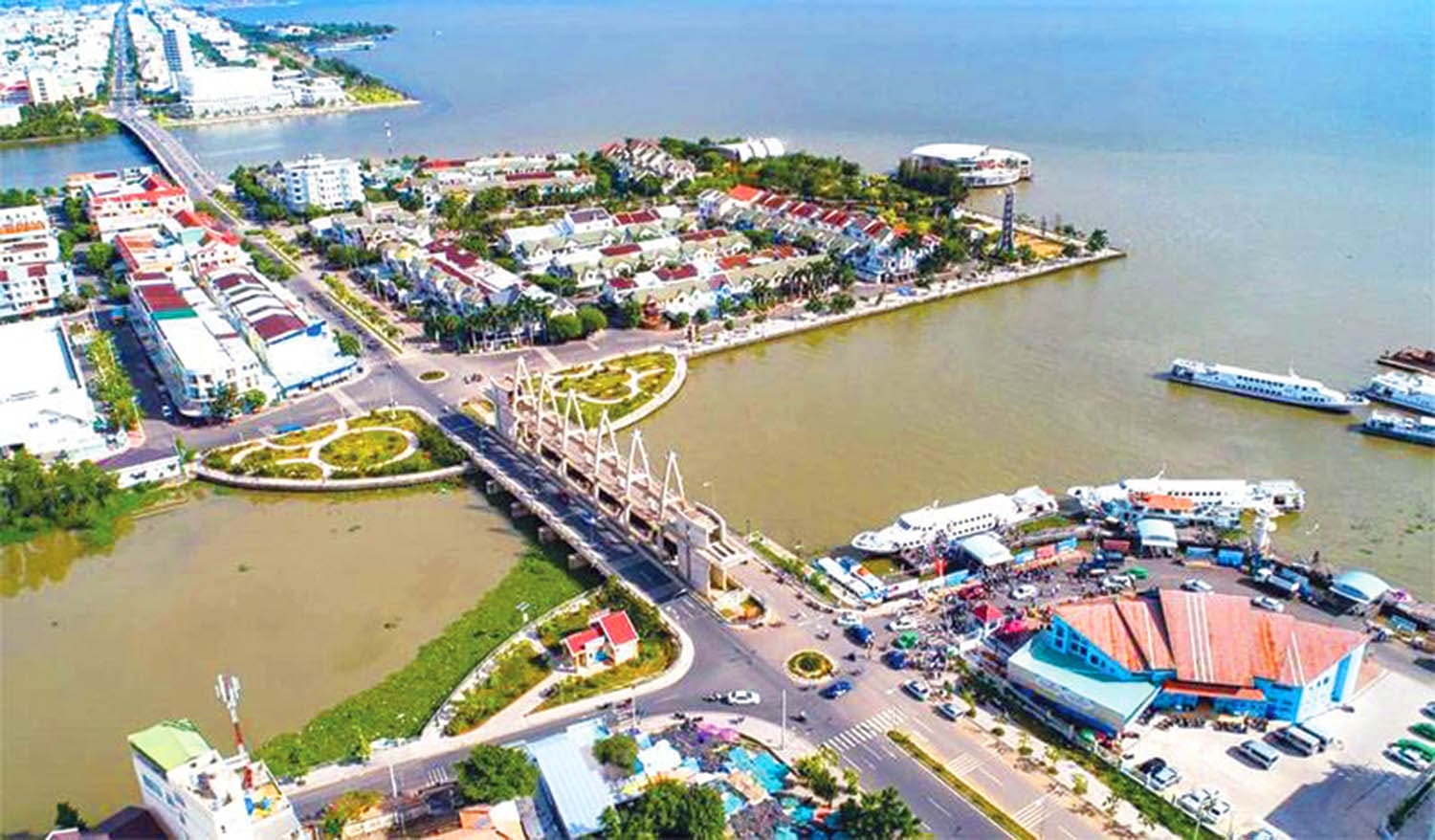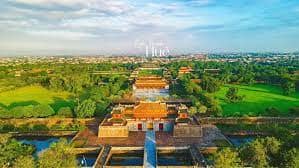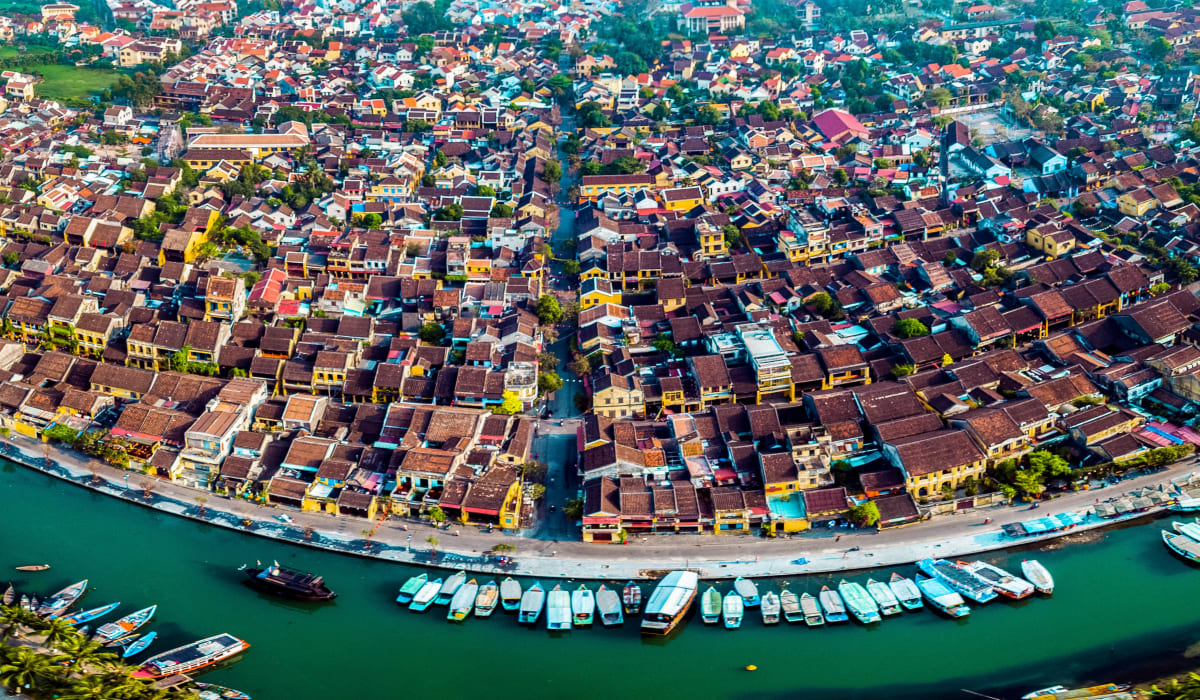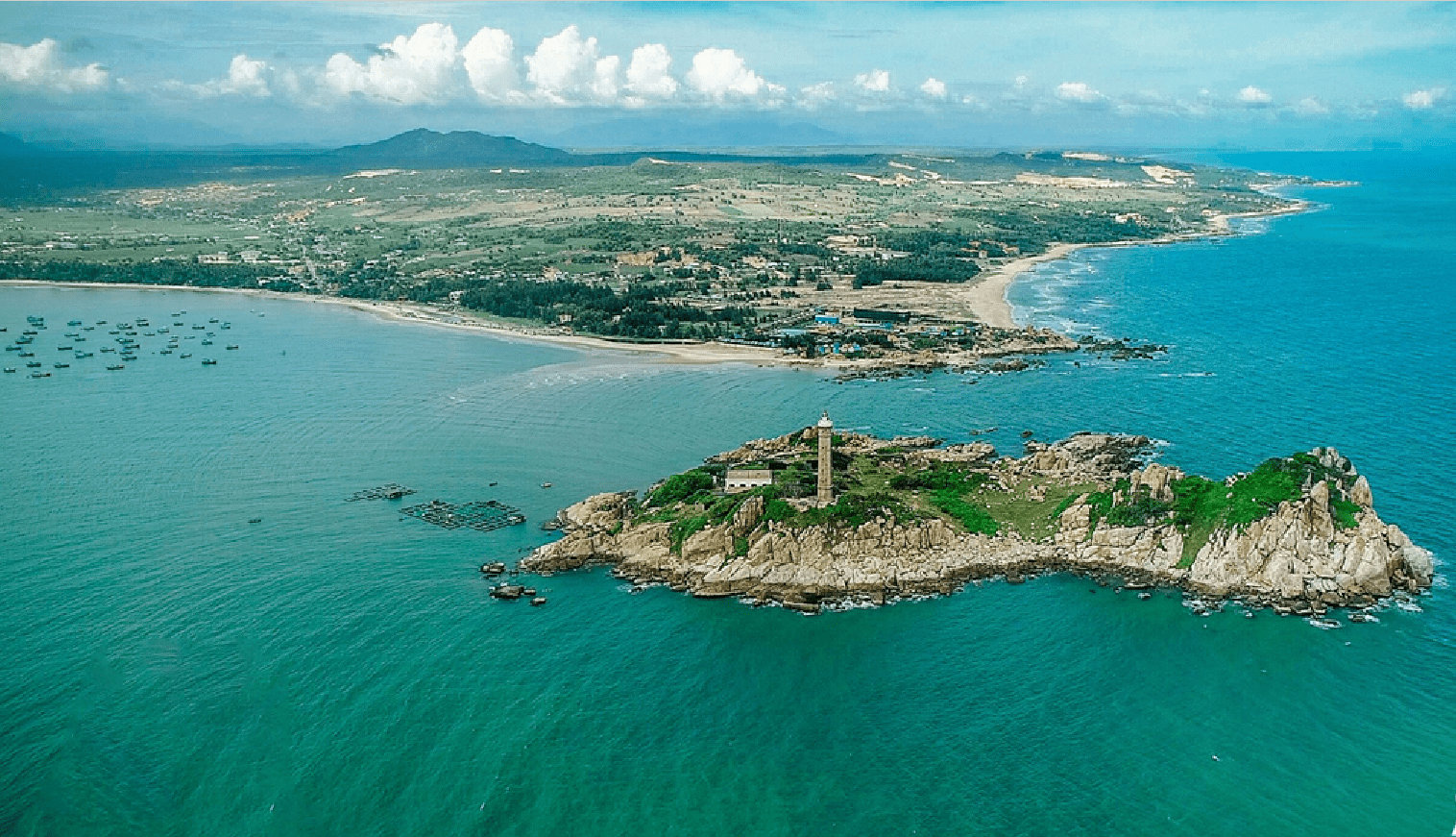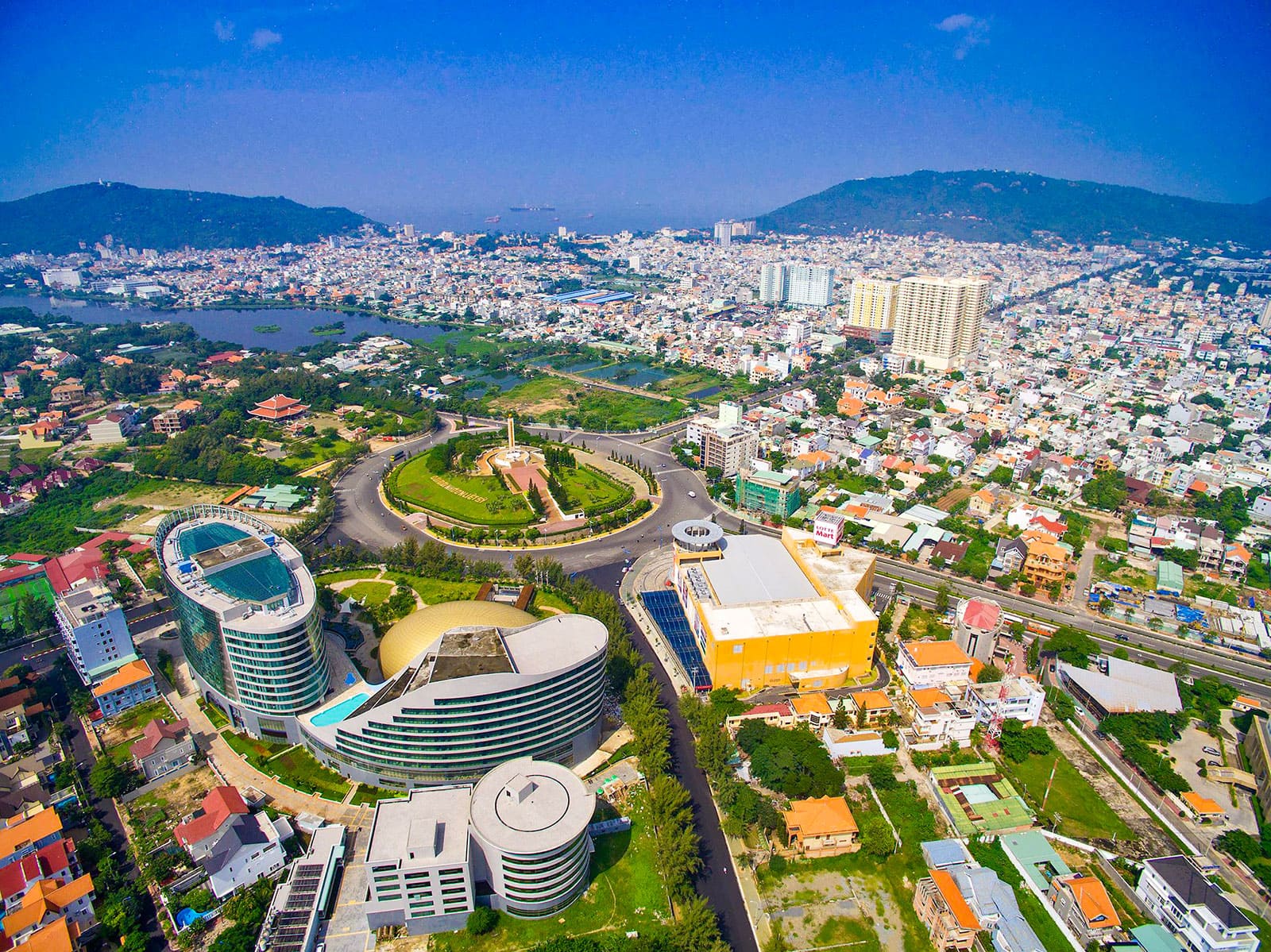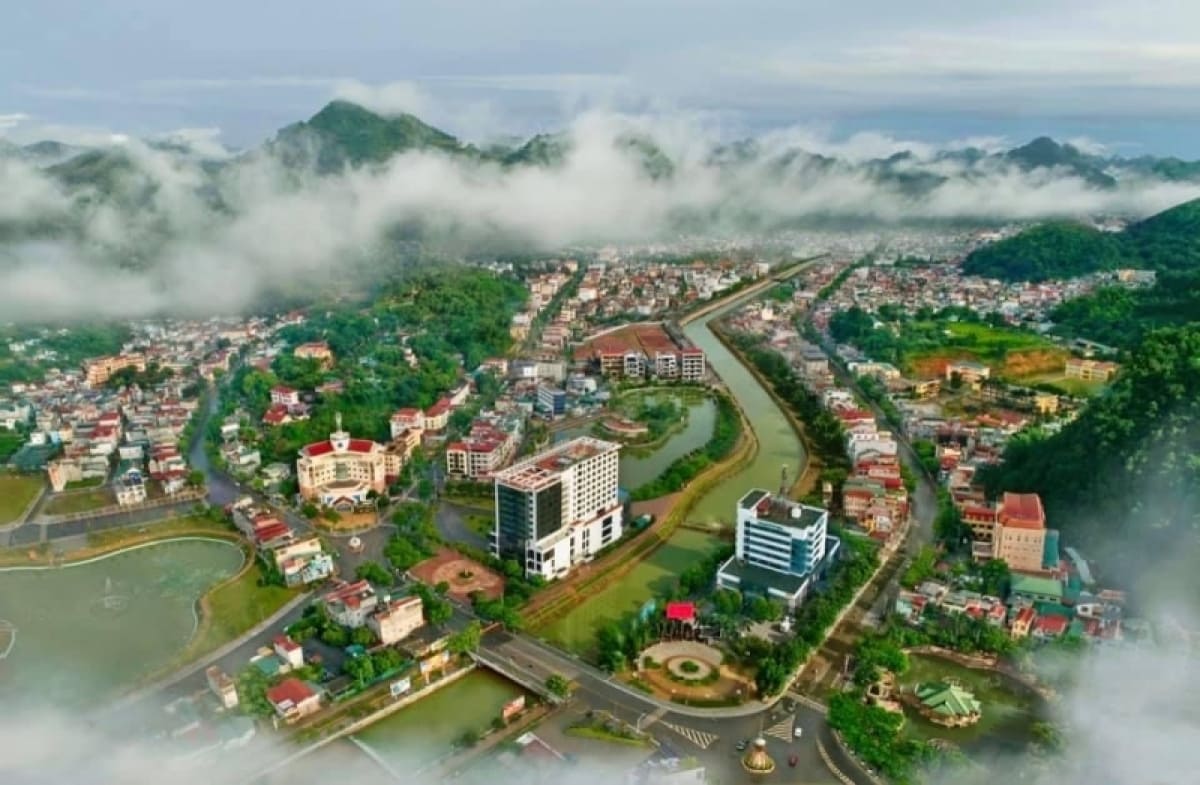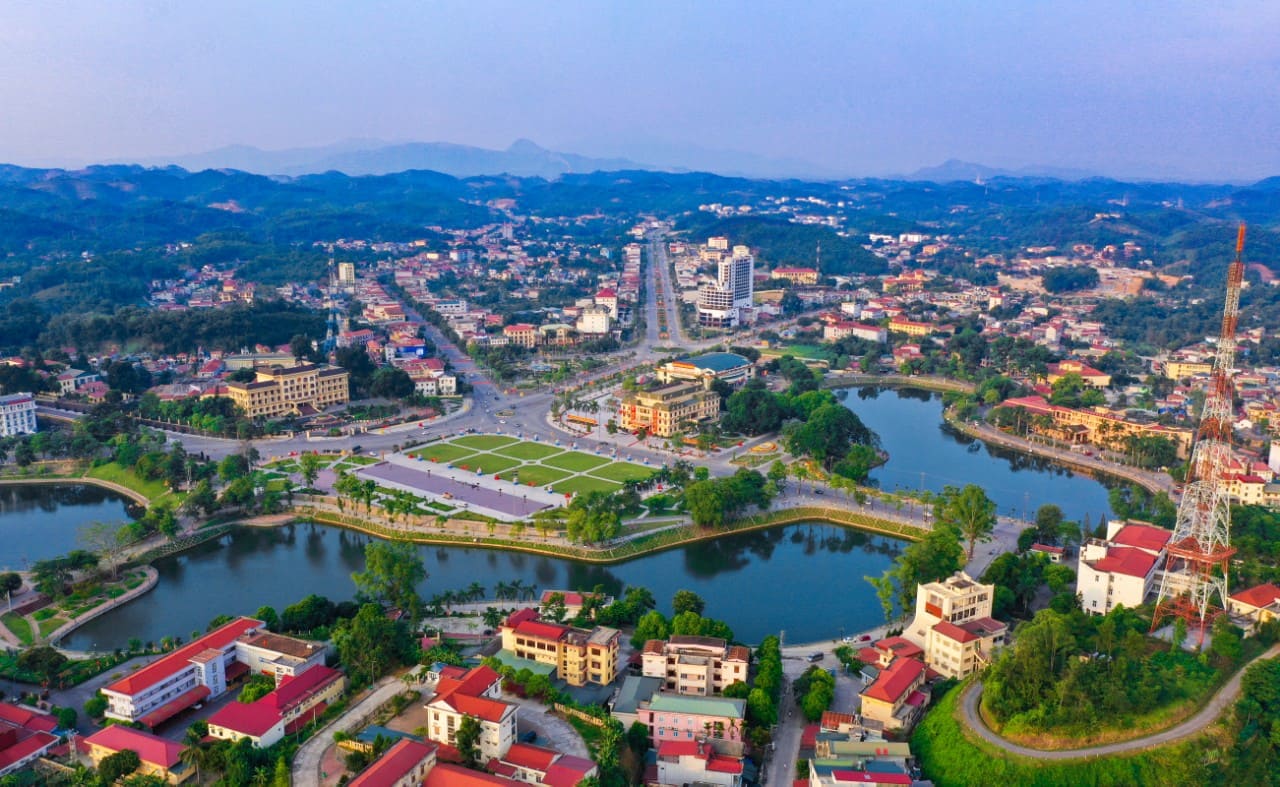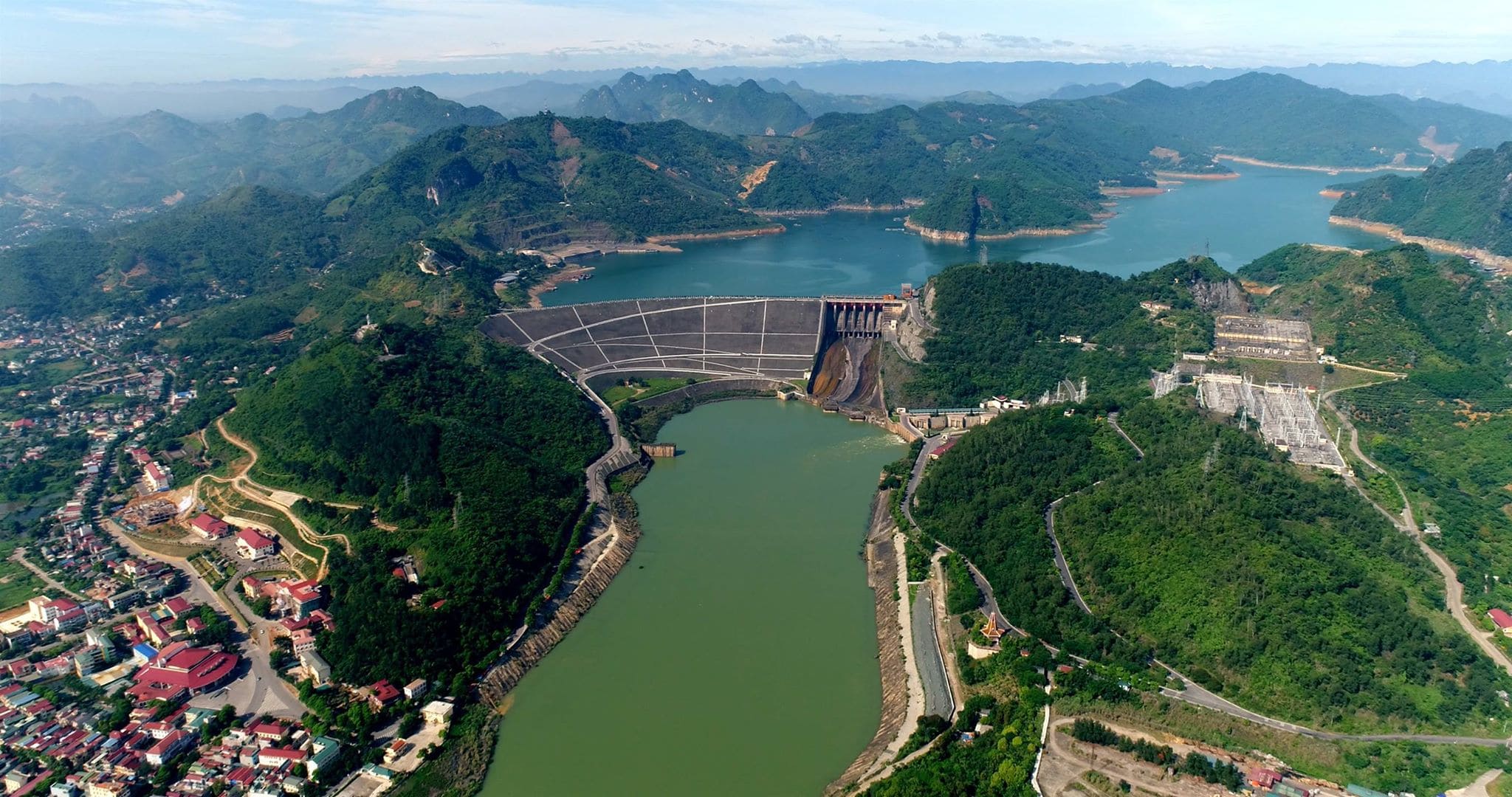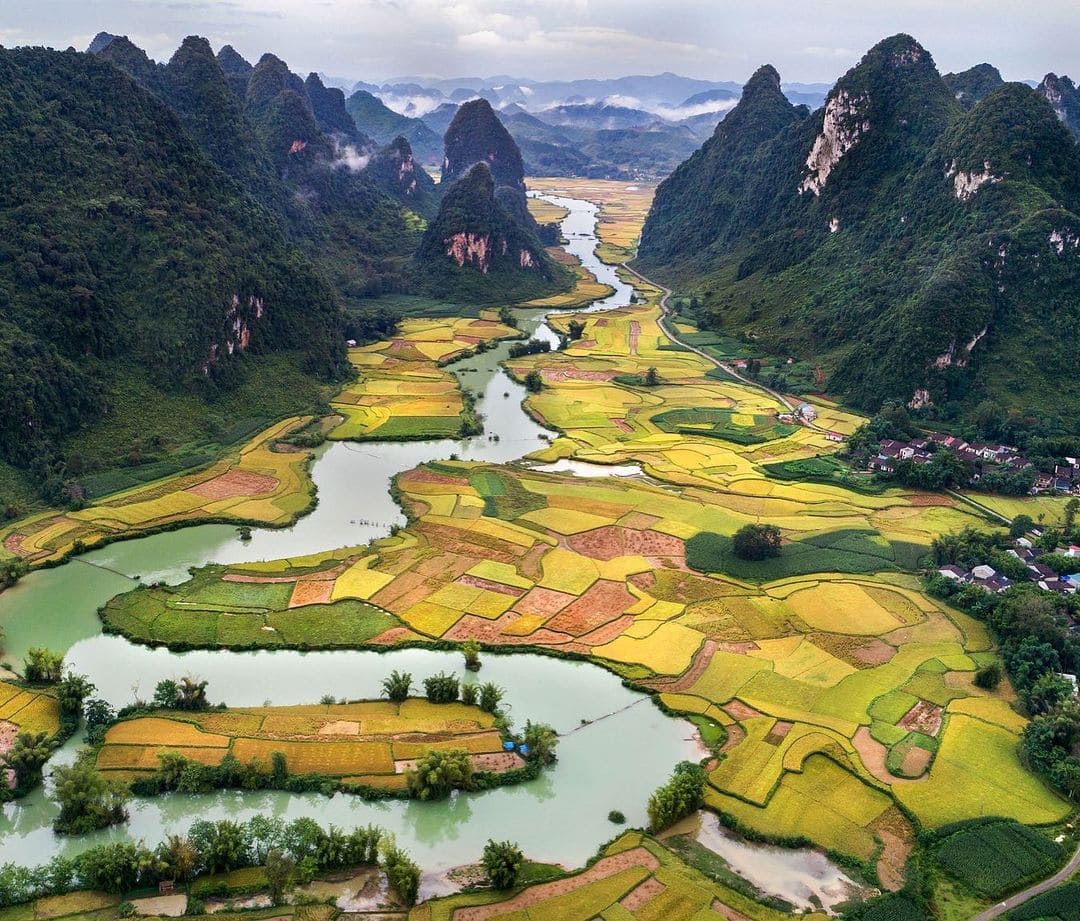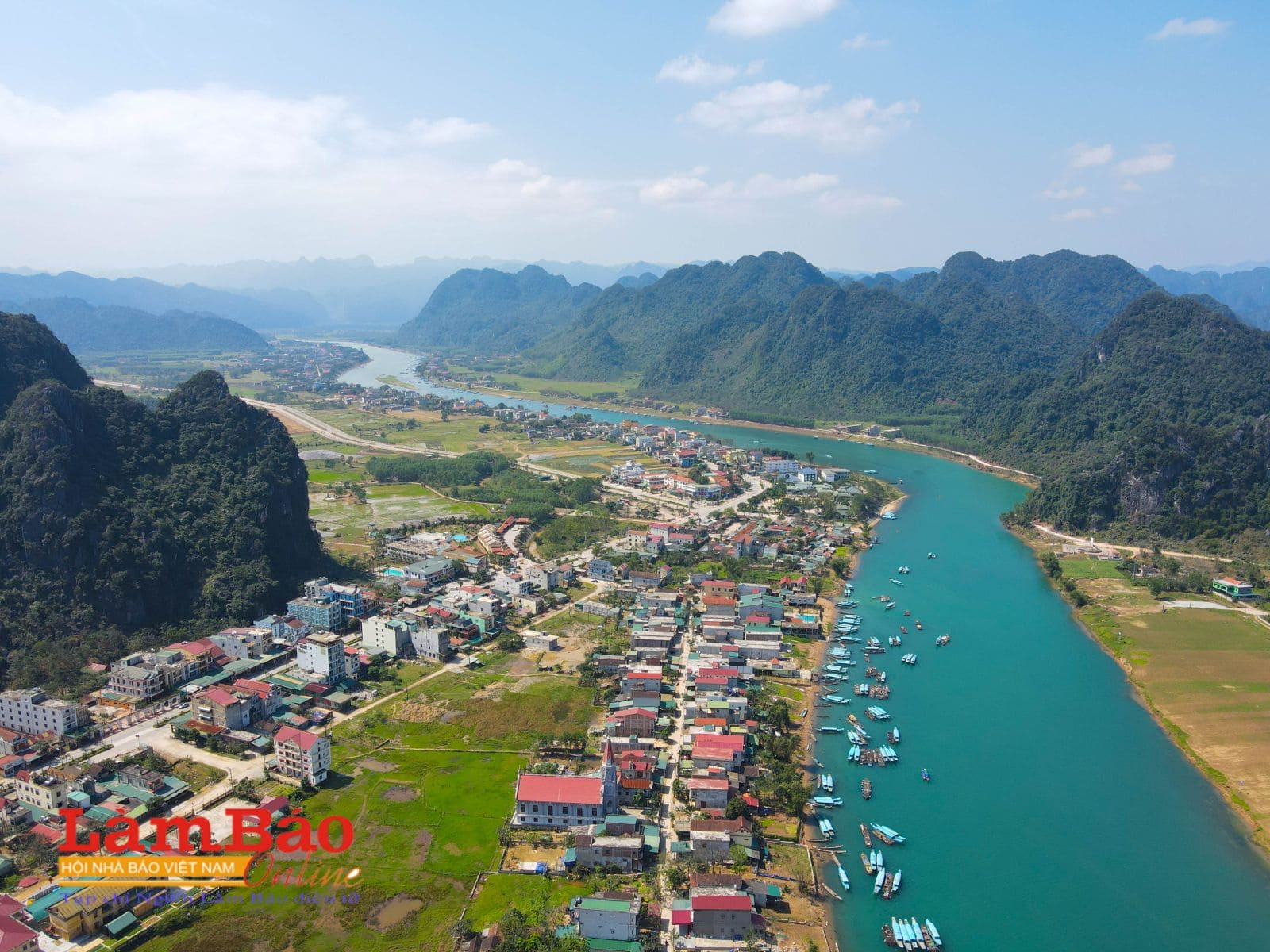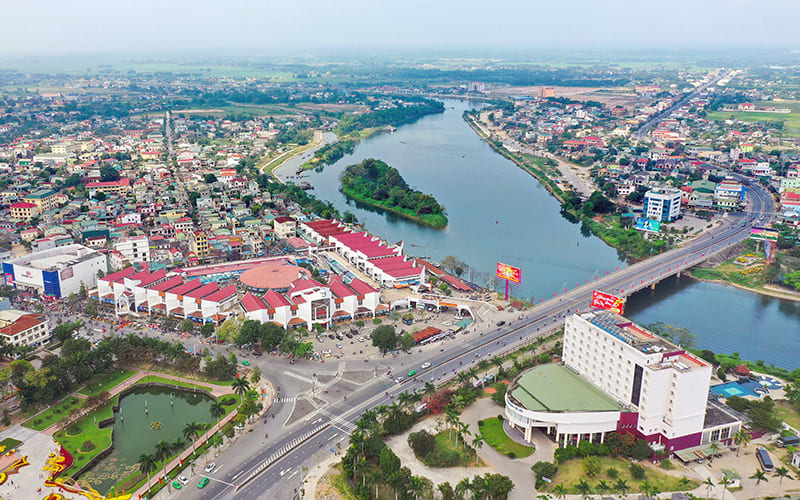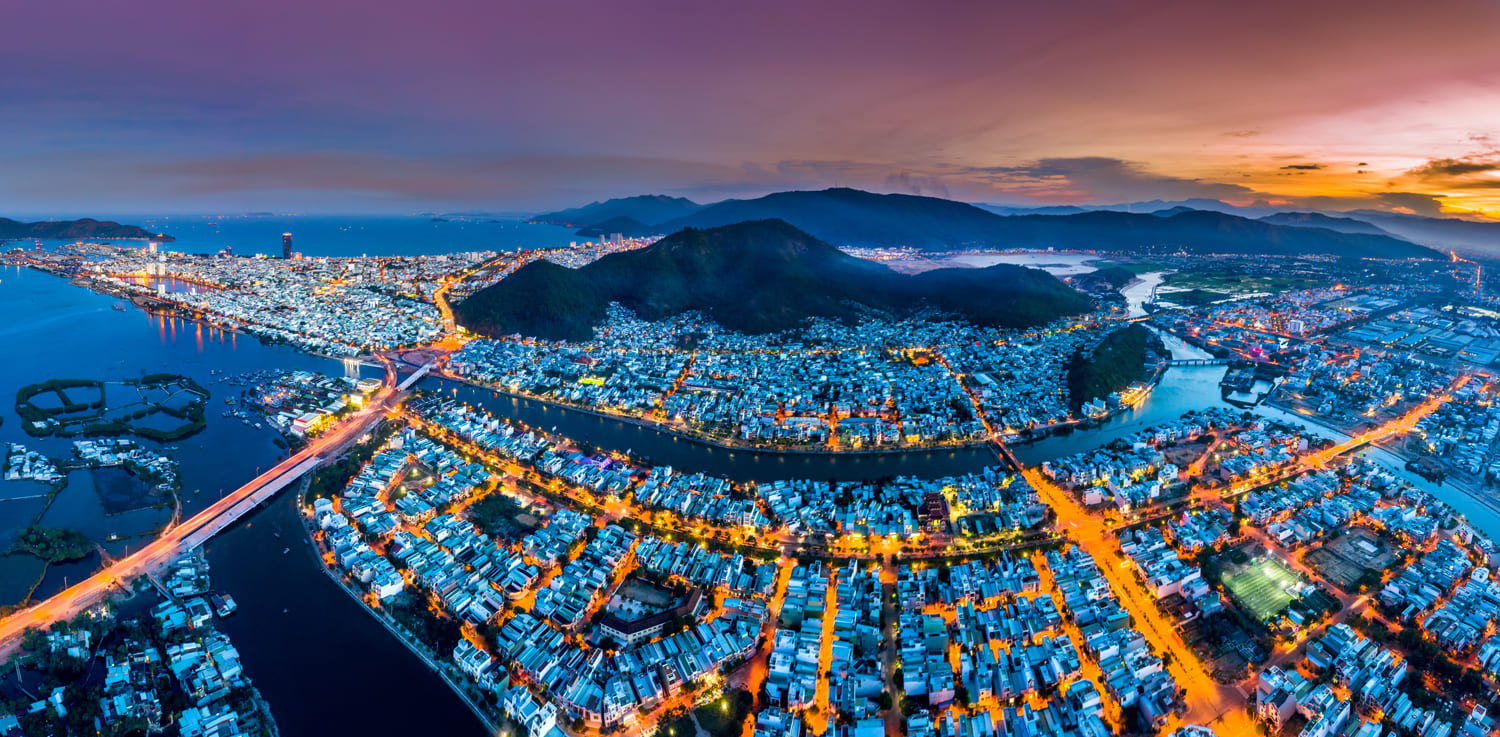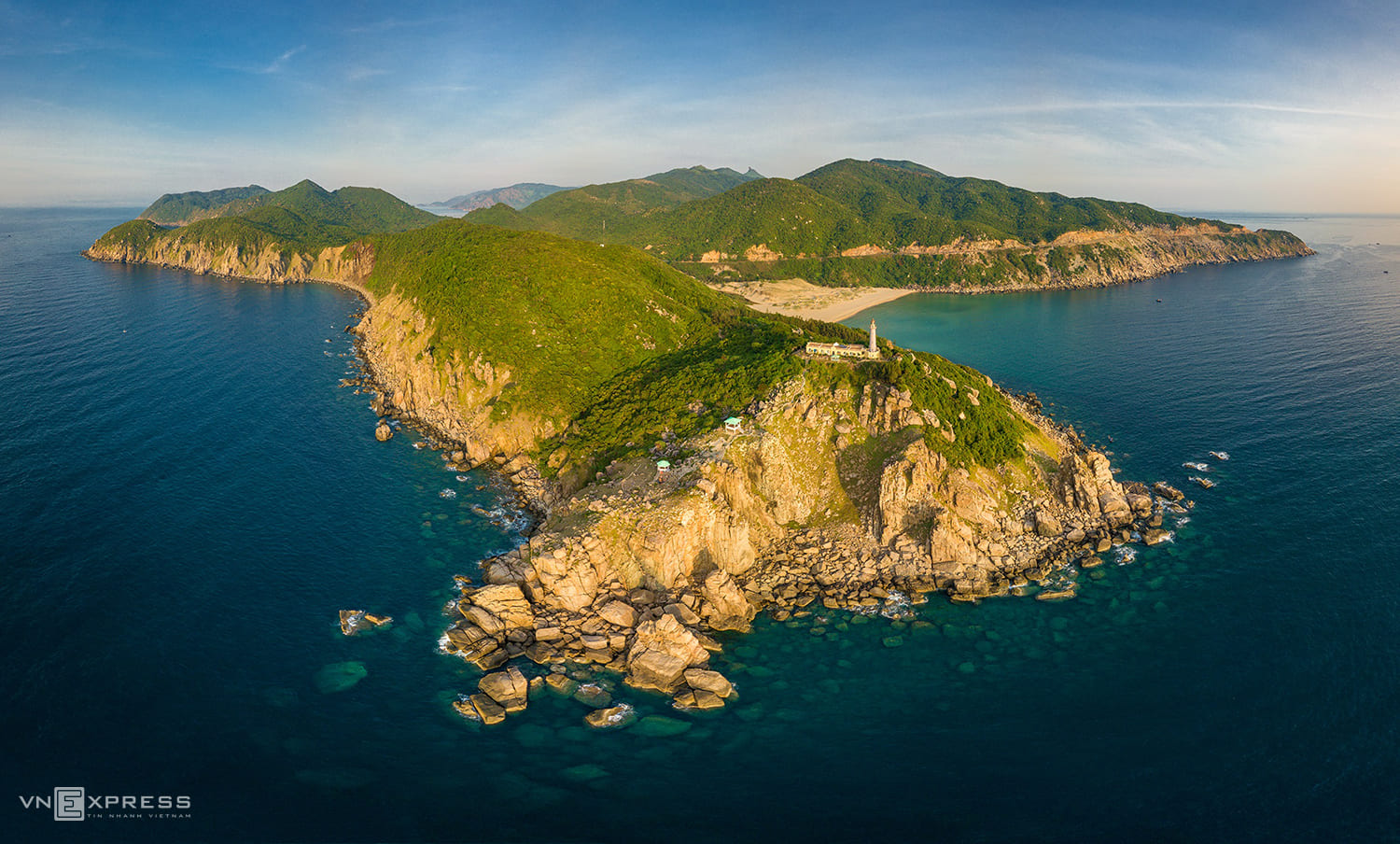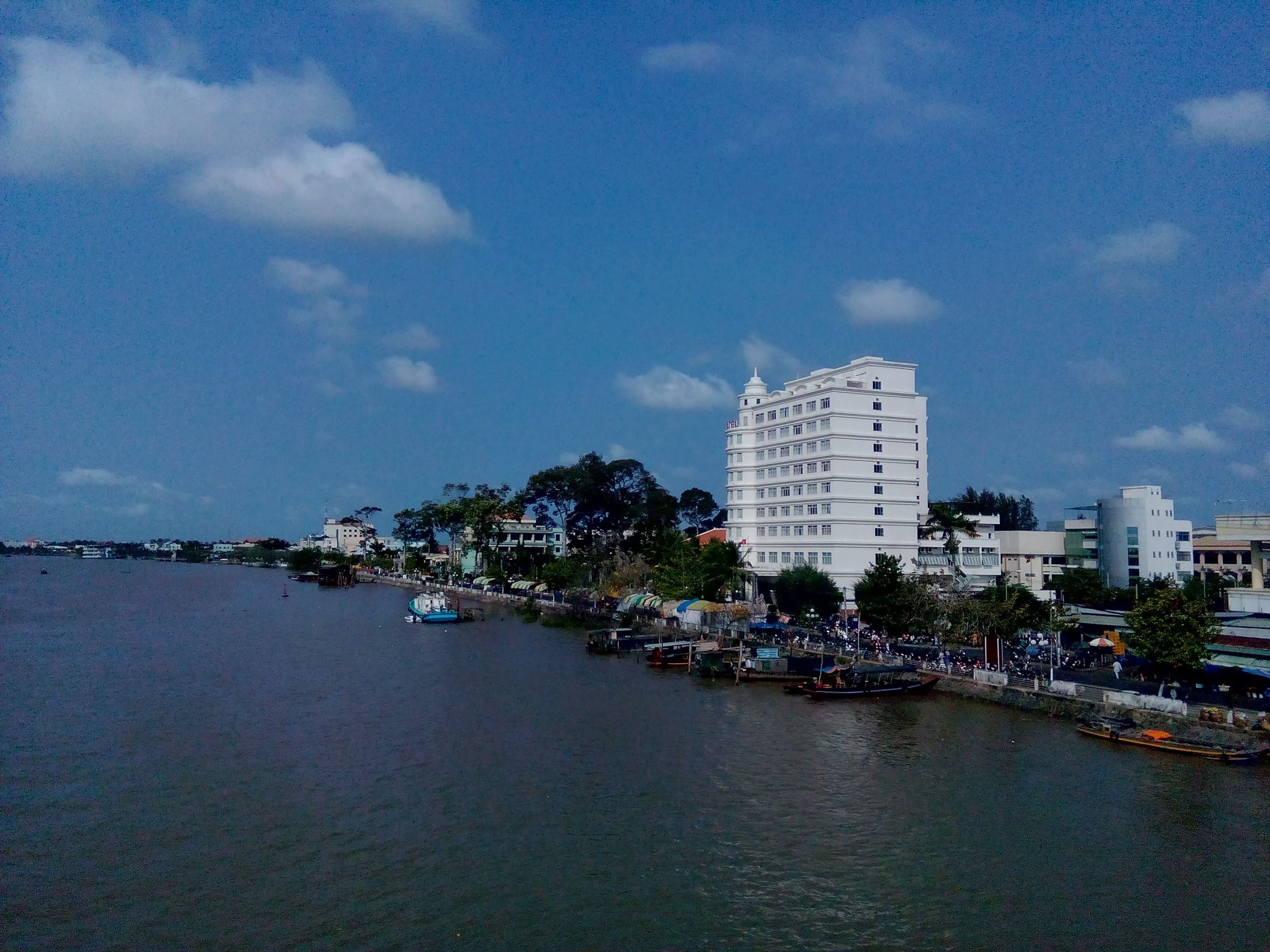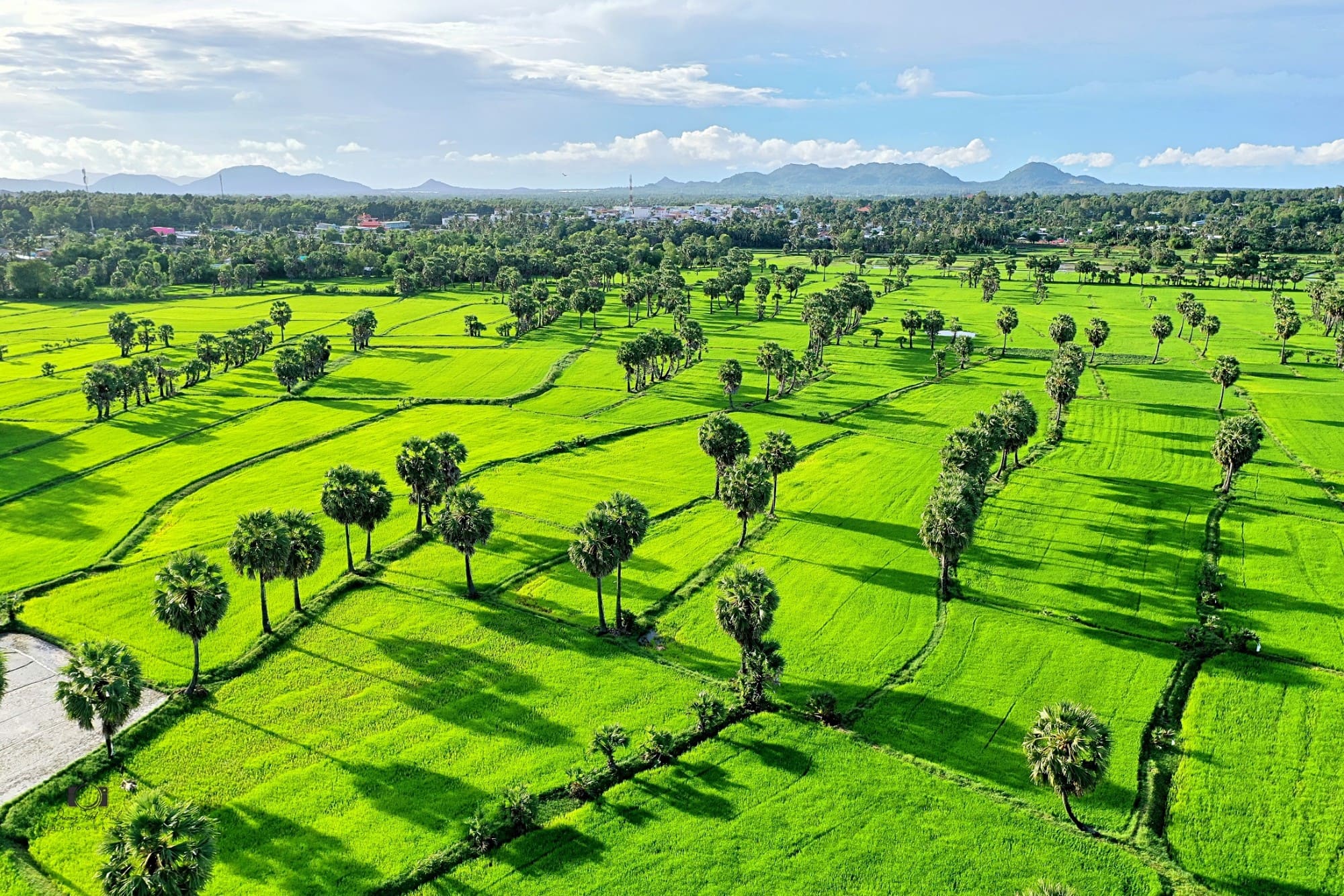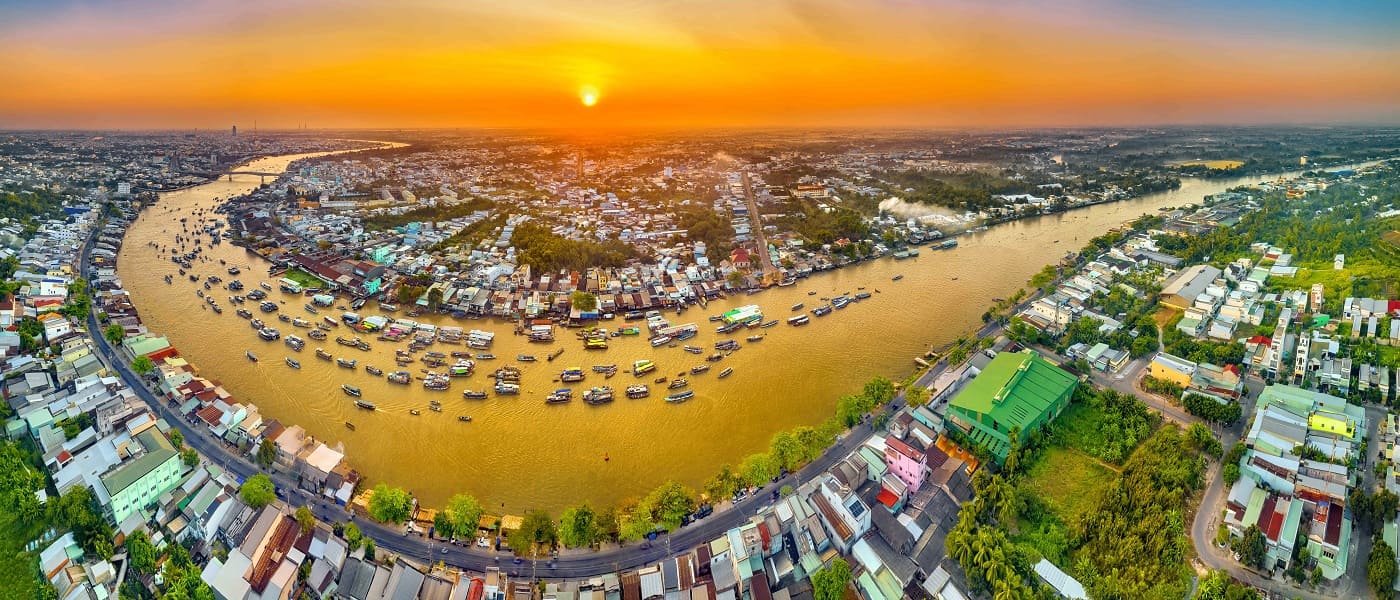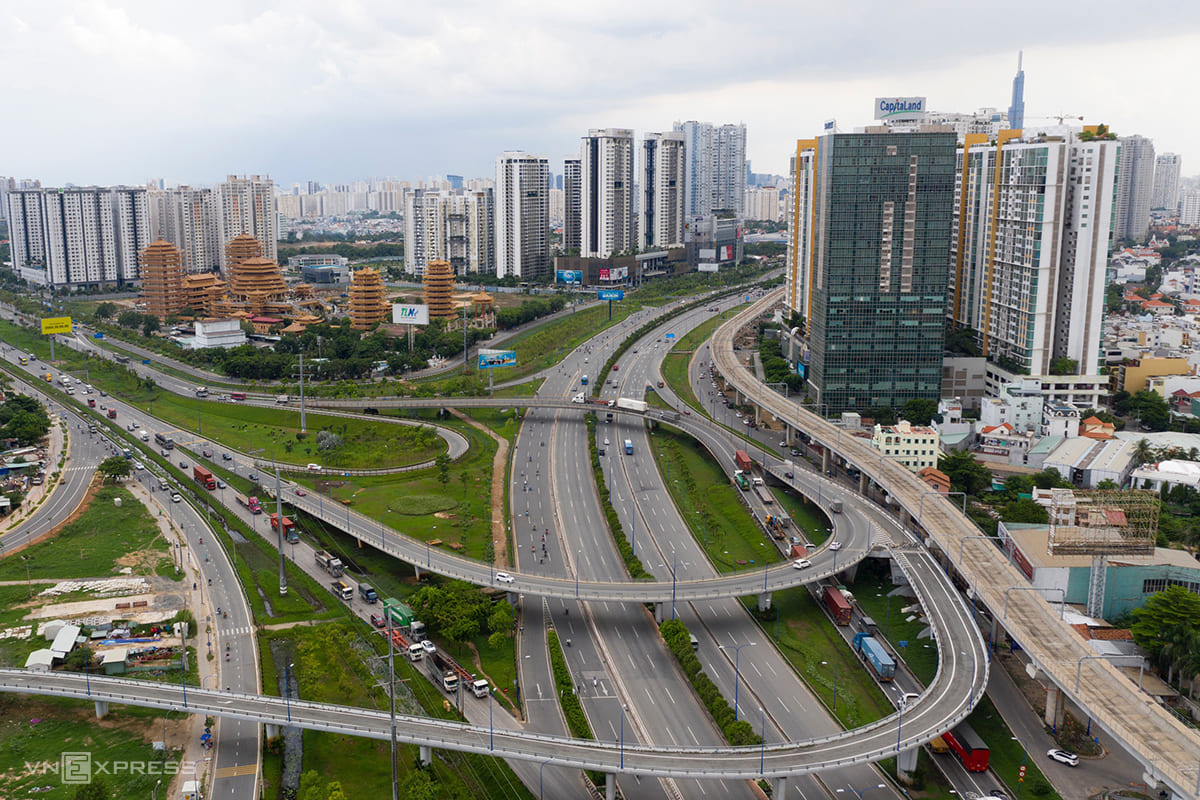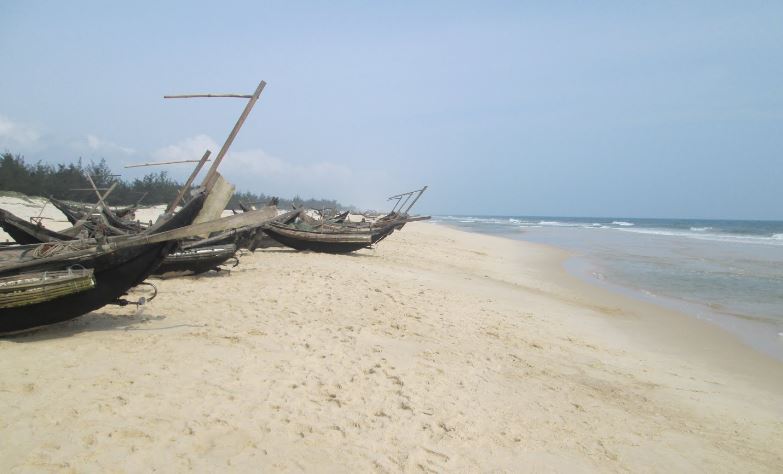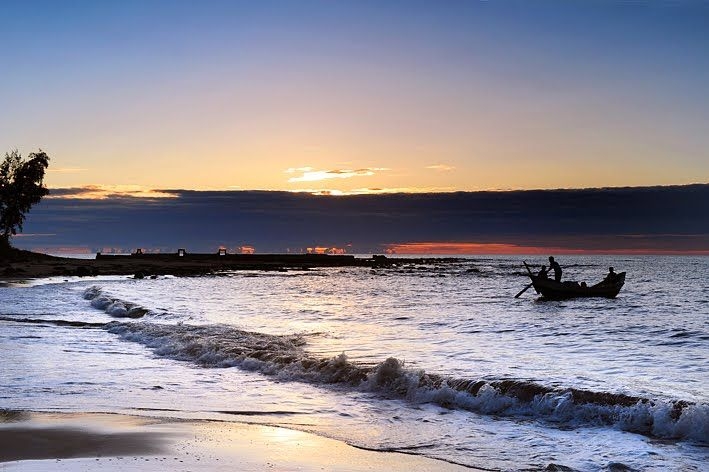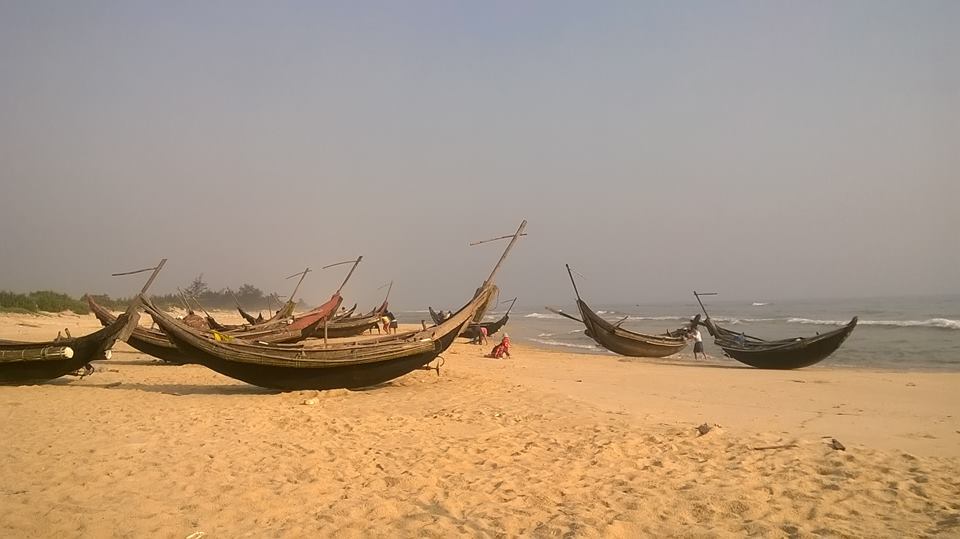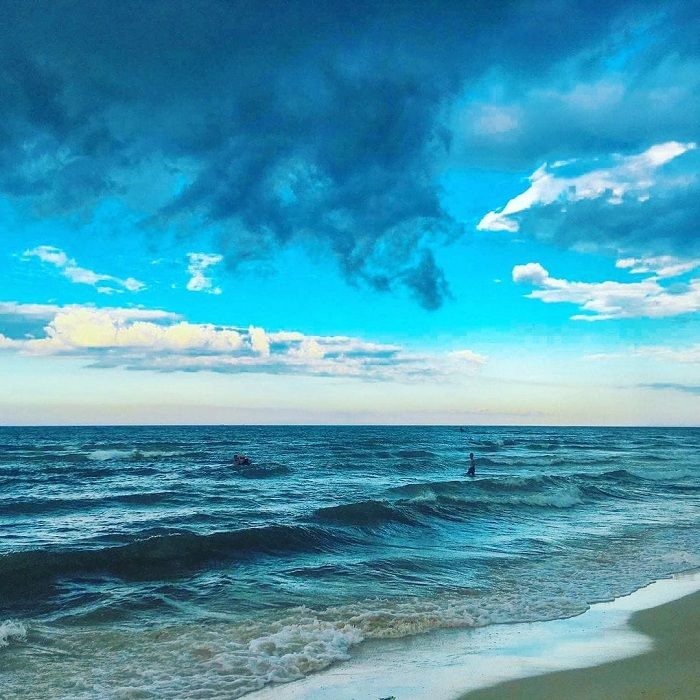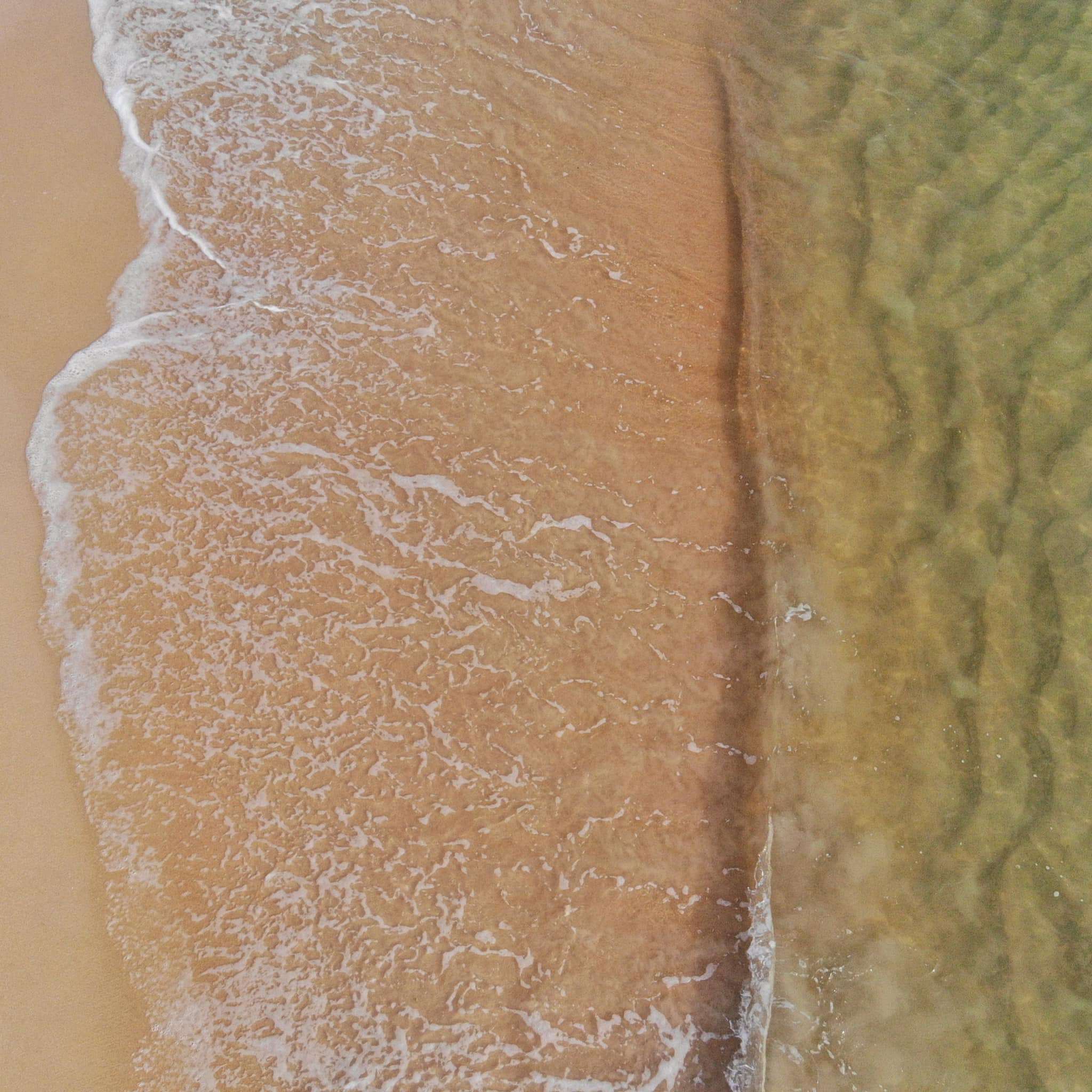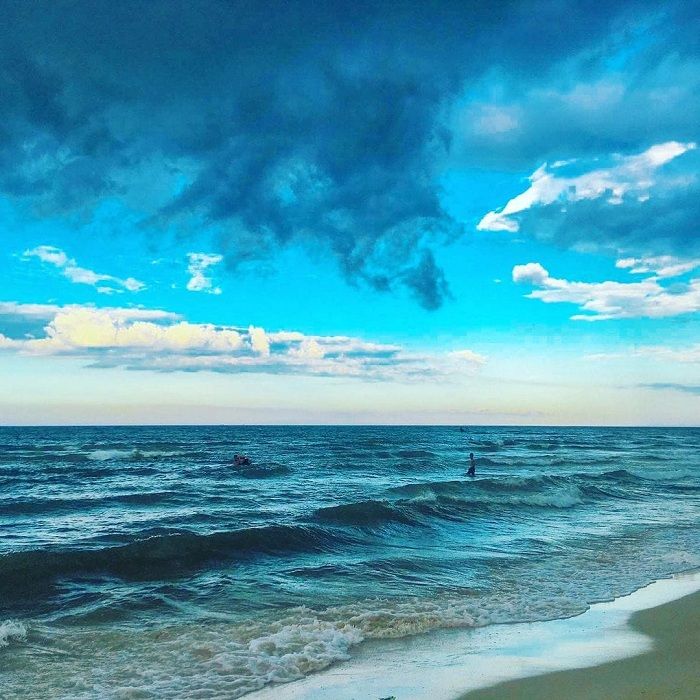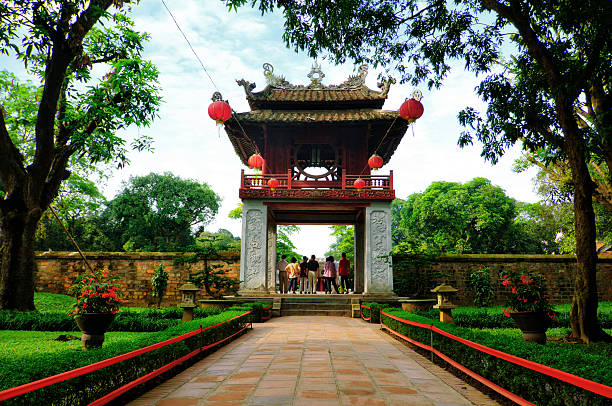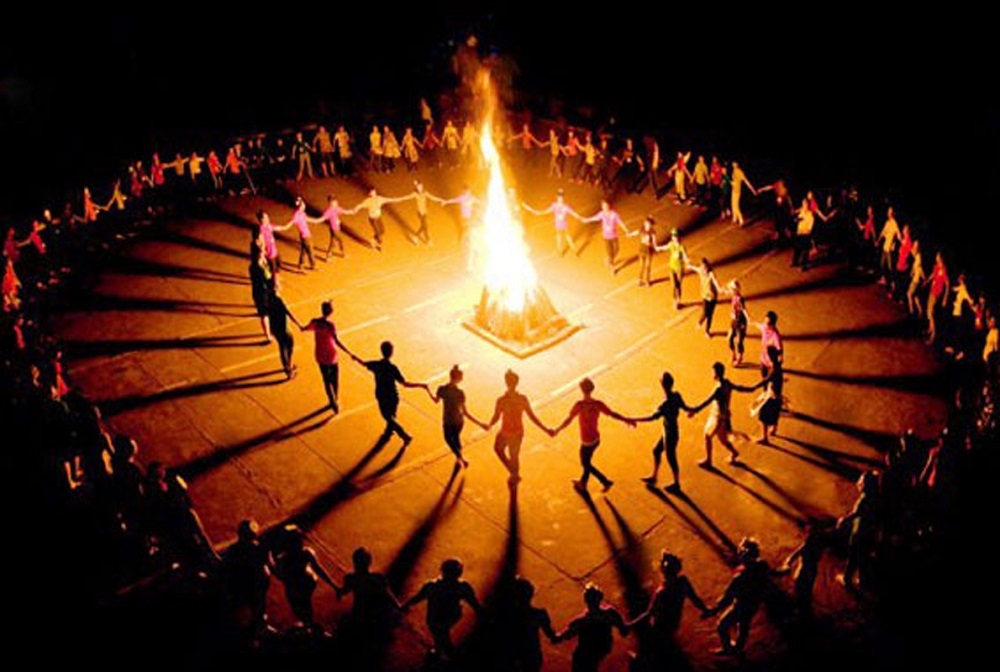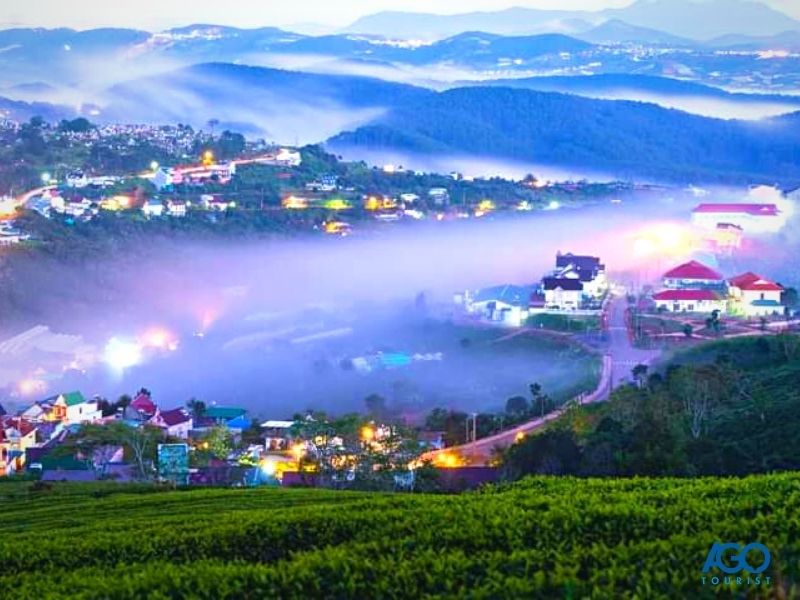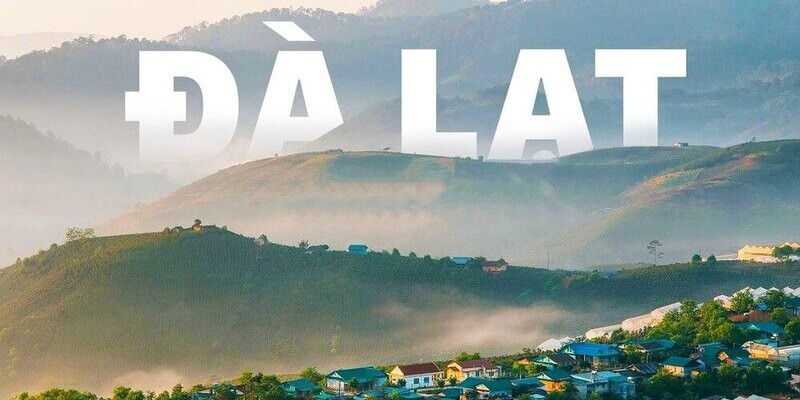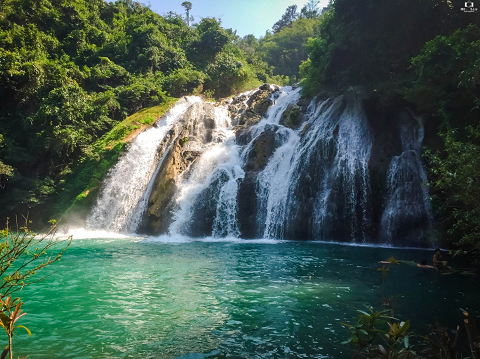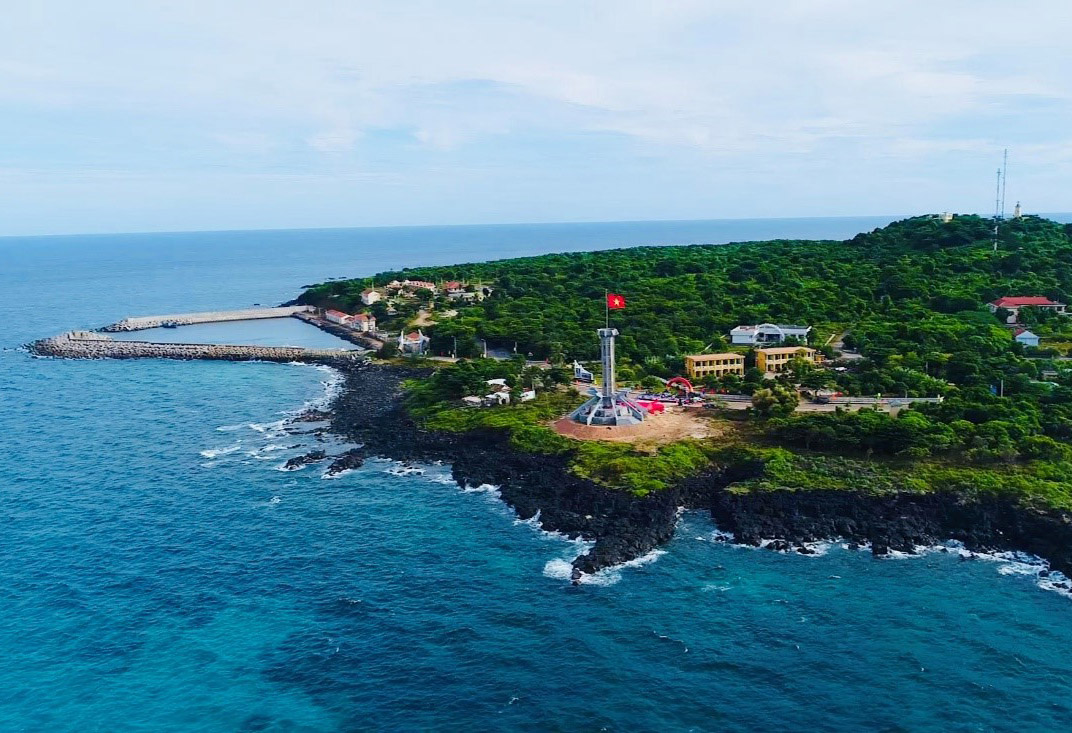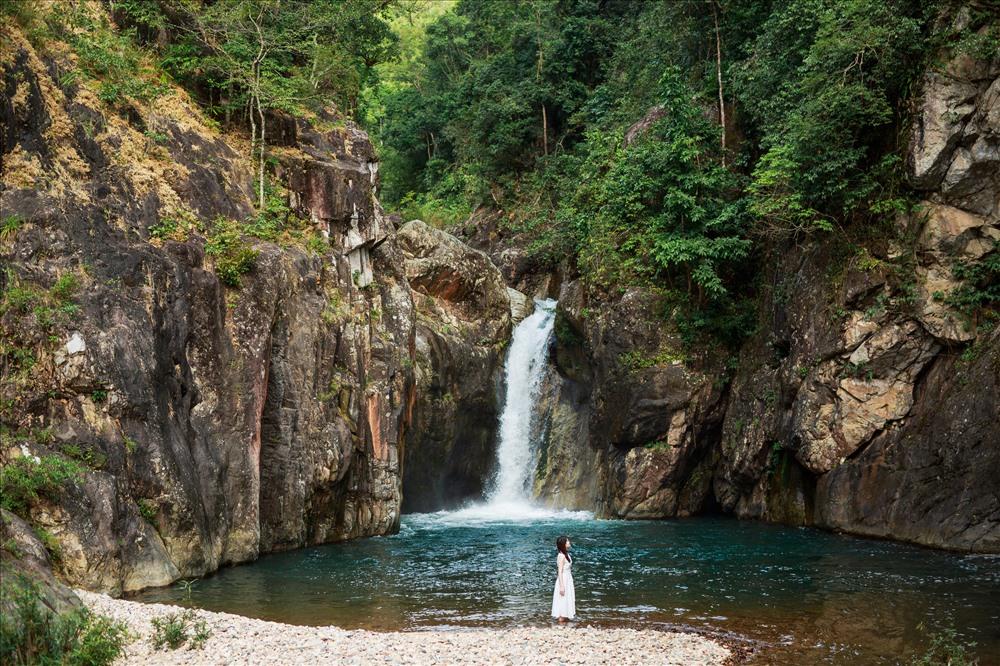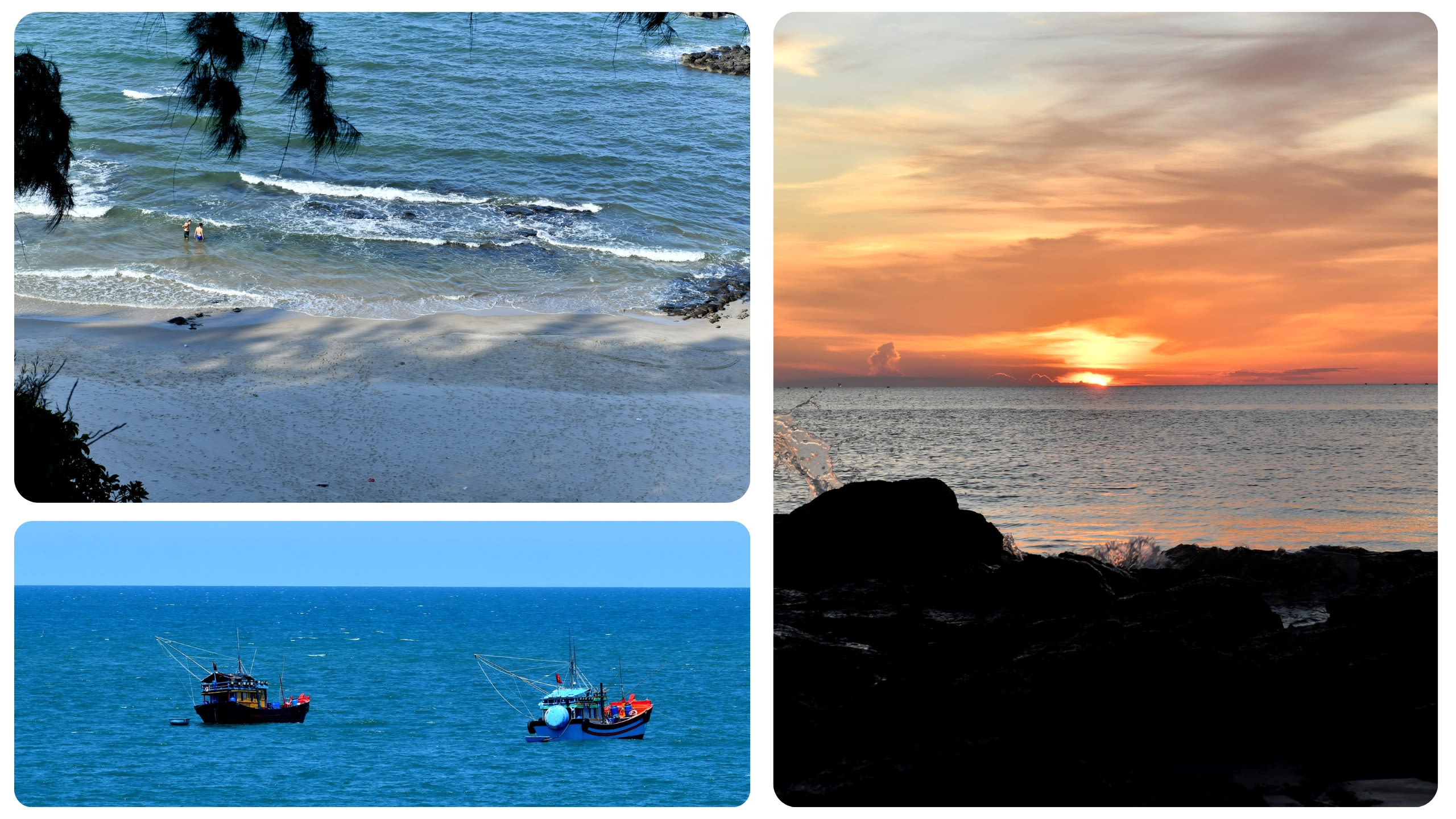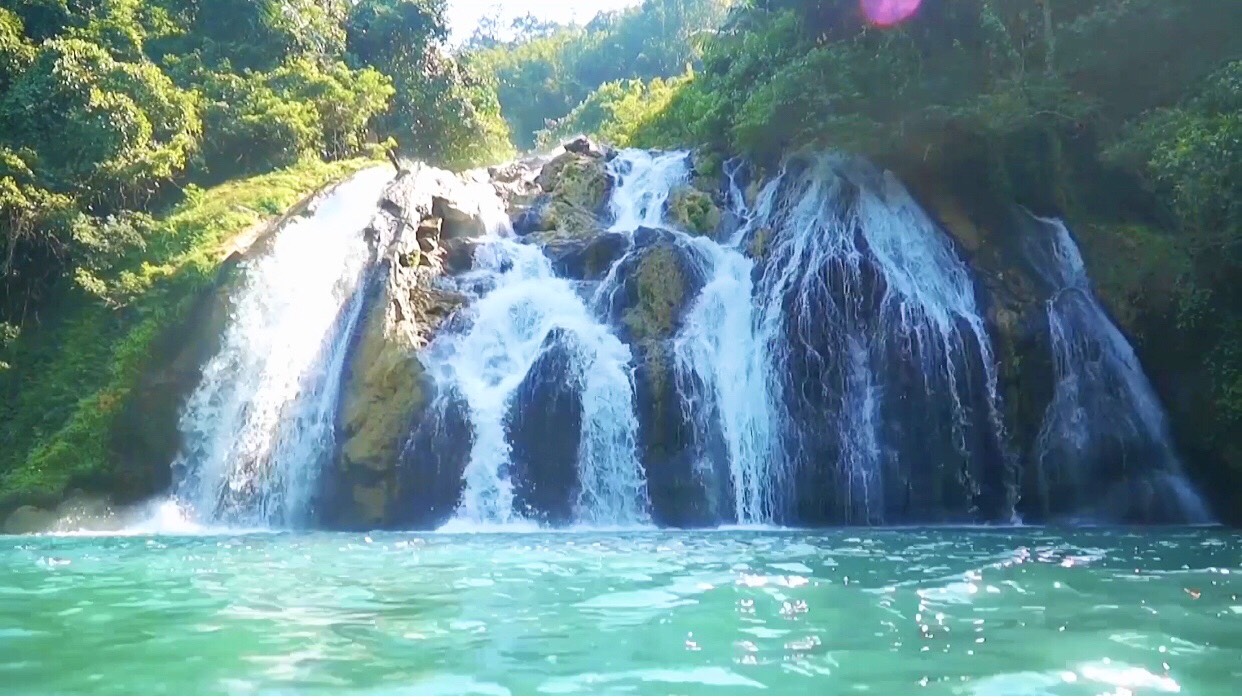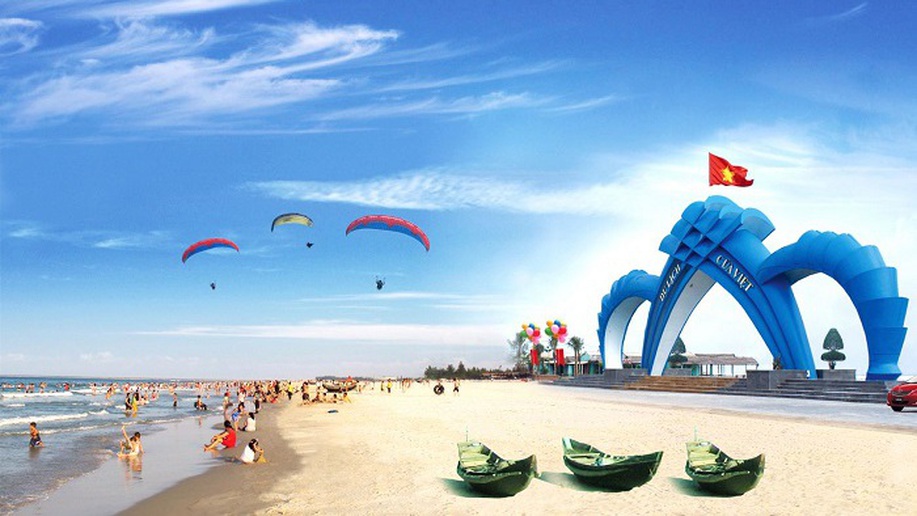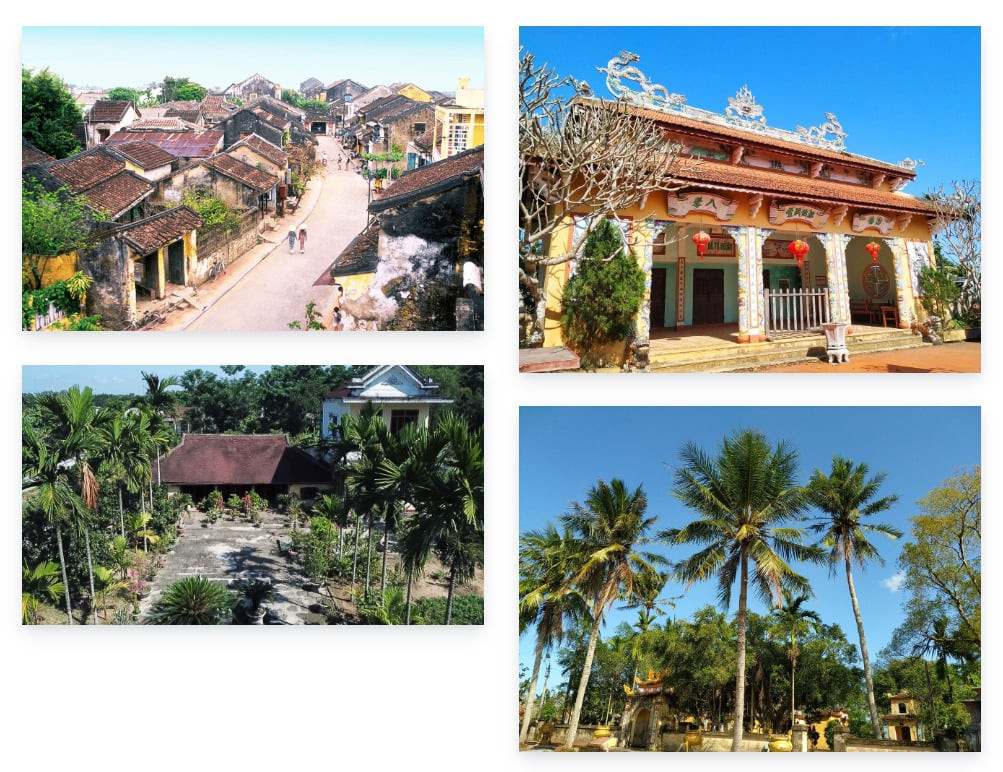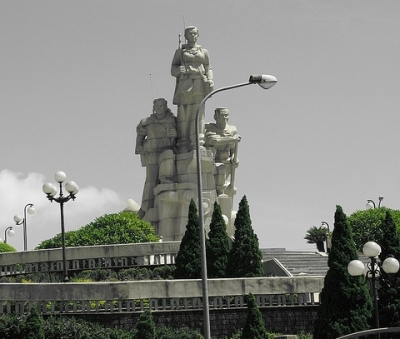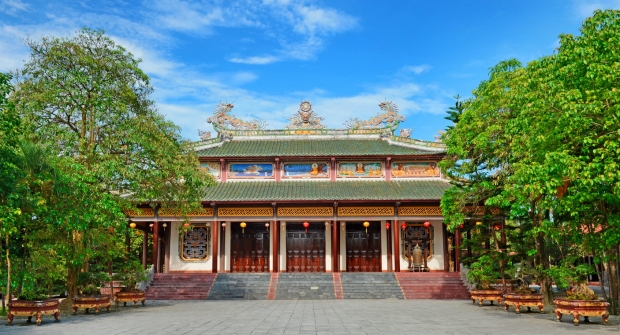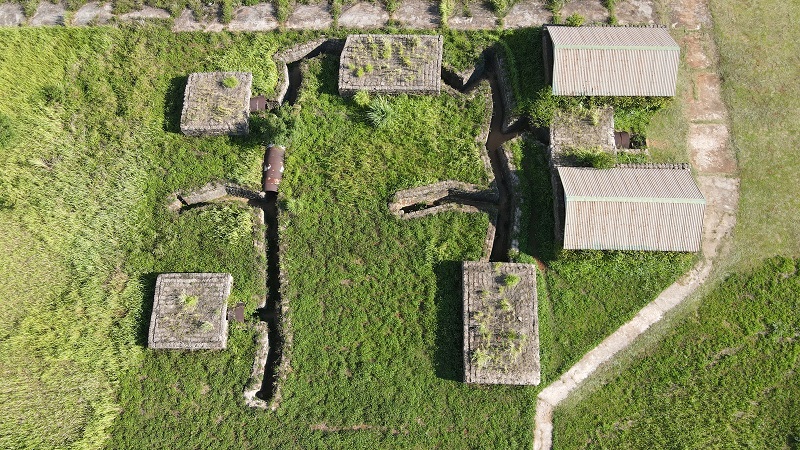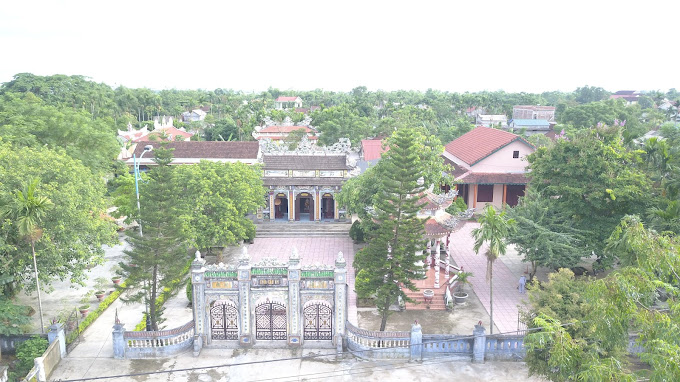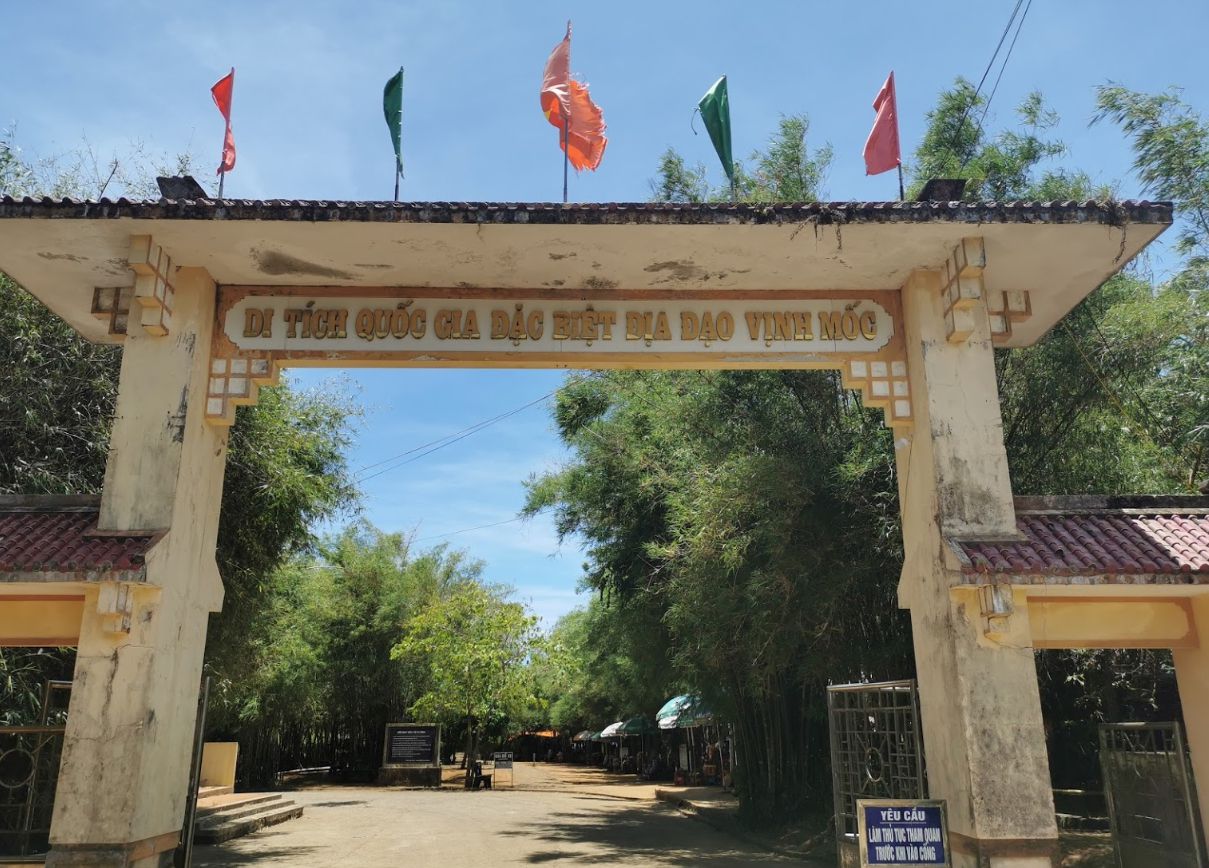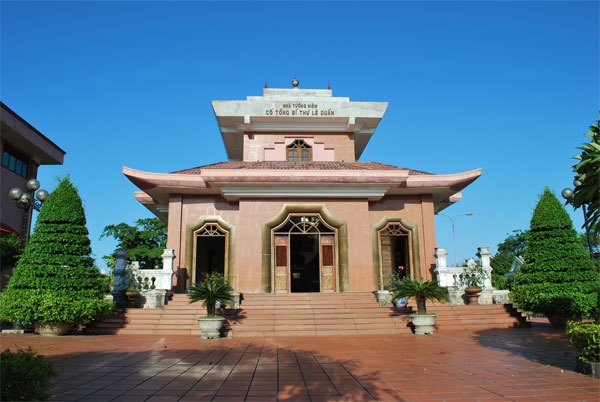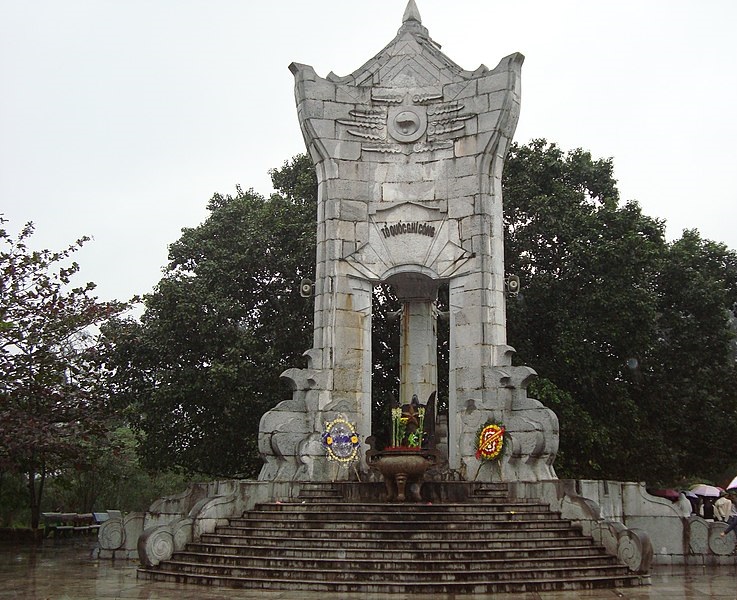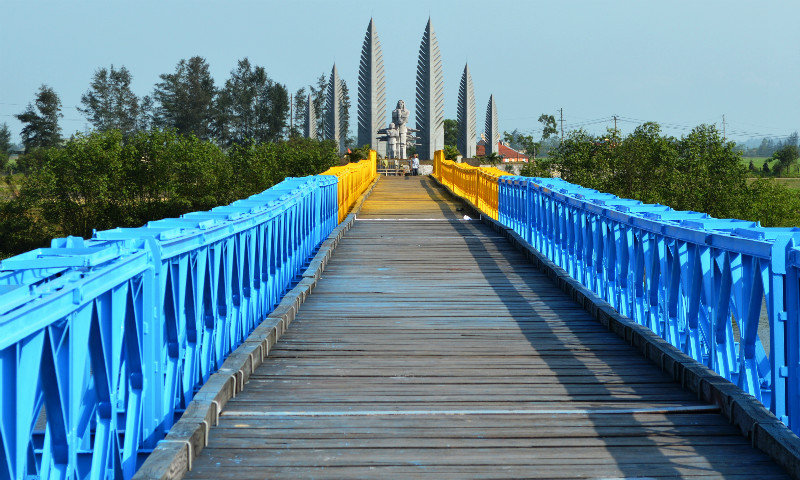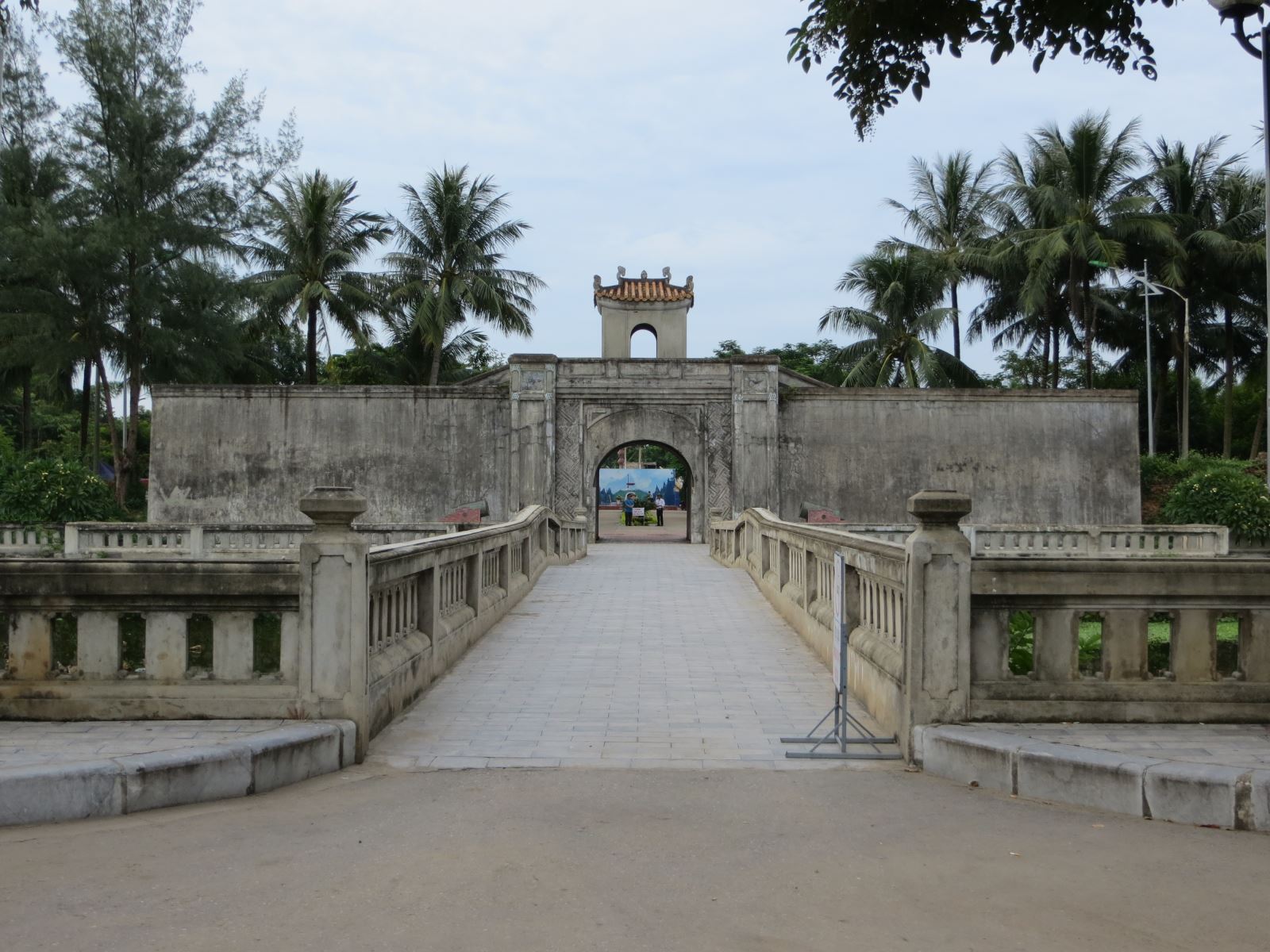Con Co Island, also known as Con Cop, belongs to Quang Tri province. This is a small island district but has quite favorable natural conditions for economic development, in addition, the geographical location of Con Co is important in island security and defense. Plays the role of the flagship of the southern sea.
Because it is only a small island with an area of about 2.3 km2, the population is not large, from 300 to 400 people. With its inherent potential and natural conditions, Con Co island has great strengths in tourism development, fishing and aquaculture. On the island there is a forest surrounded by the sea, true to the meaning of "golden forest and silver sea", the flora and fauna ecosystem is very rich and diverse.
There are more than 267 species of fish and marine life around here, with fish species living alternately divided by water layer. In the upper water layer, there are many types of fish that fishermen often catch such as: mackerel, herring, tuna, pomfret... Besides, the exploitation work is also bountiful thanks to the very large number of mollusks, with Many types of crustaceans and mollusks such as lobsters, crabs, crabs, clams, scallops, pearls... This is a clear manifestation of the rich diversity of marine resources of Con C island district.
In particular, Con Co Island also has the richest and most beautiful flora in Vietnam. Seaweed, seaweed, and coral are extremely colorful and colorful, creating a lively underwater space full of life. In Con Co, there are more than 50 species of seaweed of different types, many of which sell for high prices. Coral is even more diverse than seaweed with more than 100 species of coral, scattered in near-shore areas. Thanks to many natural incentives, this place has great economic potential. If you have the opportunity to travel to Con Co Island, you will have the opportunity to see beautiful coral species and immerse yourself in the colorful space under the sea.
In addition to the sea, Con Co Island also has dense tropical forests that are home to many creatures. The forests here are considered the green lungs of the island with a total tree cover of more than 70% of the island's area. In addition to hybrid trees imported from the mainland, there are also many native tree species on the island such as: Square Bang tree, Wild Pandan tree, and Ba Ba tree. Trees are the green color of the island and the reason why the air here is fresher than anywhere else. The fresh air along with the poetic natural scenery makes Con Co gradually become an eco-tourism destination. , an ideal vacation for families, groups of friends, and couples on holidays.
Ecotourism at Con Co Island is the most reasonable choice you can think of. Enjoy the open sea space on a small island where there are basalt rocks formed from volcanoes, white sand beaches with hidden seashells, or visit the primeval forests on the island. All promise to bring you a relaxing and extremely meaningful vacation.
During the years of resistance against America, this beautiful island was the place where fierce battles took place, and to this day many evidences of the old battlefields are still preserved.
Con Co island district was established as an administrative unit of Quang Tri province with a stable population, so electricity and water issues are always guaranteed. The infrastructure on the island is increasingly being reinforced and upgraded with stone embankments surrounding the coast, fishing ports, main roads on the island... On the island there is full electricity and water, fresh water is taken from a well. Deeply drilled, although the reserves are not much, they are enough to supply the population on the island. The communication system is complete and modern, ensuring information is always connected by radar stations, telecommunications towers, radio and television stations, and mobile networks. Facilities on Con Co not only meet the tourism and daily activities of the people but are also a premise for developing biological research and geological exploration projects on the island.
There are many specialties in Con Co, mainly from the resources that nature bestows. Snail dishes are very popular, you can eat them freely because snails are only 20,000 VND/kg, crabs are also very abundant and are sold by the piece, each about 40,000 VND. In particular, on the island, there are snails and black sea cucumbers that are very famous because they are nutritious and good for health. The price of fish bought at the port is cheaper than buying at the mainland market, only from 150,000 VND/kg, depending on the type of fish, the price varies, such as stingrays up to 240,000 VND/kg. The price of rice on the island is also very affordable, from 30,000 - 40,000 VND/serving.
Con Co has many places to visit, take beautiful photos, swim and dive to explore coral beaches. Outstanding locations include: Tranh Beach, Huong River beach, Con Co lighthouse, Ong Nghe wharf, Tiger snout... The scenery of sea water and sky is extremely harmonious, creating fresh green tones. The sea breeze and cool air make people always fresh, trees and creatures are full of life. If you choose Con Co to travel or relax, you should go during the summer months of May and June, because the weather is dry and sunny, the scenery is fresh, the beaches are bustling, and the beach is bustling. gentle and not disturbing. Plants and animals multiply and compete in the underwater forest.
Quang Tri
1848
view
March to August


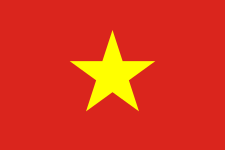 vn
vn en
en ja
ja ko
ko zh
zh


















